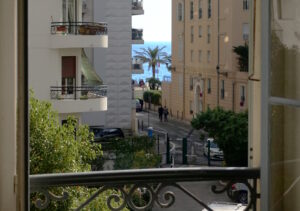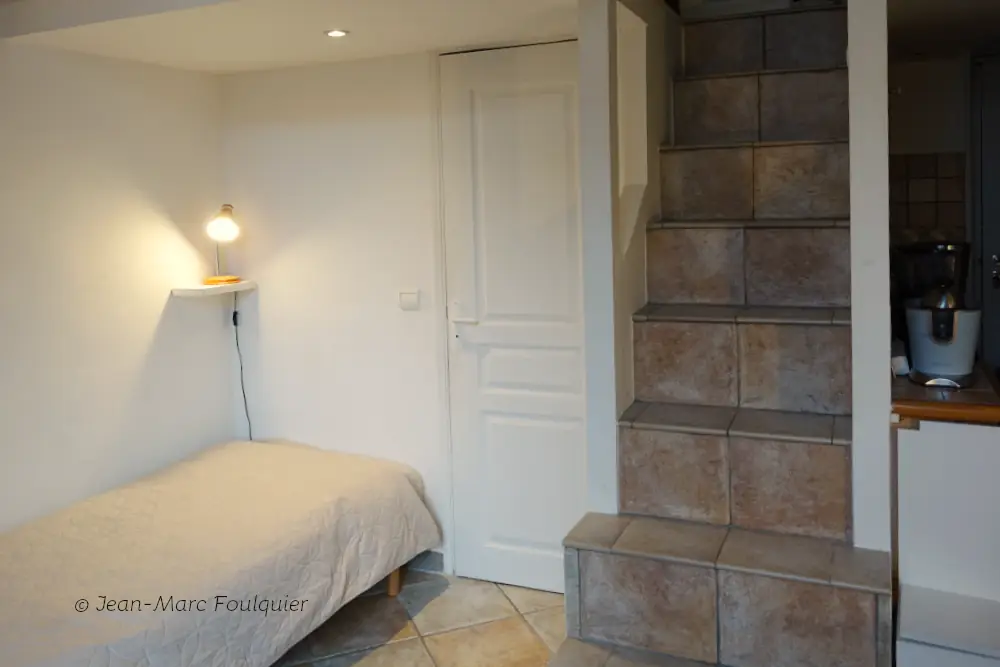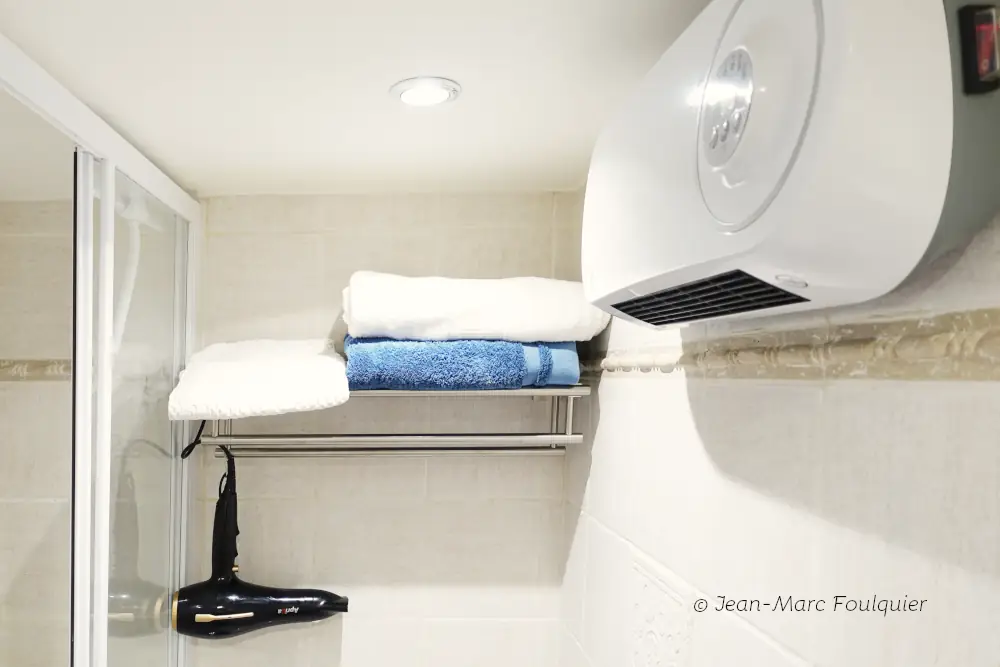Nice's history, abridged here, shows a profound tug-of-war between its triple attachment: to Italy or rather the County of Savoy and then the Kingdom of Piedmont-Sardinia on the one hand, to France (Count of Provence, the Angevins) on the other, and finally its independence as the County of Nice.
Nice's prehistory
The area where the city of Nice now stands has been populated since prehistoric times. In fact, there are known to have been settlements in very remote times. For example, on the slopes of Mont Boron, in the Grotte de Lazaret, the remains of a population dating from around 200,000 to 125,000 BC have been found. Not far away, another settlement known as Terra Amata was home to prehistoric populations from 400,000 BC.
The beautiful Terra Amata Museum of Prehistory retraces this ancient life.
In those days, where the port is today, there was a vast marshy area, unsuitable for human habitation, but rich in game.
Note that these early humans were hunter-gatherers and did not reside continuously on site.
The antiquity of Nice
It is generally agreed that the city was founded by Greeks from Massalia (now Marseille), between the 3rd and 2nd centuries B.C. It would appear that the Greek city was not established on the hill of the castle, as has long been believed, but rather at its feet, beneath present-day Vieux Nice.
The Greek city was called Nikaïa, otherwise translated as she through whom victory came. But this hypothesis is a figment of the imagination. Documents are lacking. Other interpretations concerning Nikaïa, bring this name closer to Ligurian roots, possibly meaning "spring".
But Nikaïa was coveted. It came under constant attack, particularly from the Ligurians. In the end, it was the Roman troops who defeated the Ligurians and created the town of Ventimiglia, pardon Albintimillium. Nikaïa then became part of Albintimillium.
This ancient Roman period left traces that can still be seen today, notably at the Cimiez archaeological site.
Nikaïa was part of the Roman kingdom of Italy.
The great invasions
From the 5th to the 7th century, Nikaïa suffered the great invasions of the Visigoths, the Ostrogoths and then the Lombards. Nice became part of the Lombard Kingdom. Then in the 8th and 9th centuries, it was the Saracens' turn to attack the town, finally pillaging it in the 9th century.
The revival
It was Guillaume I de Provence, known as the Liberator, who drove out the Saracens and dominated the town, which was then ruled by the Viscounts of Orange, from the house of Nice-Orange, in the 10th and 11th centuries.
However, Nice still maintained close ties with its larger neighbor, Genoa. It took part in Genoa's wars against rivals Pisa and Venice. Eventually, Nice became a maritime republic, like Amalfi, Pisa and Venice.
1108-1176: The Republic of Nice
The Republic of Nice was governed by 4 consuls (representing the nobility, merchants, craftsmen and workers, and peasants).
1229-1230: Nice experienced some vicissitudes (13th century), revolting against the authority of Count Raimond-Bérenger V of Provence. Then Duke Charles d'Anjou took over Provence and Nice in particular.
Thus, Nice left the protection of the County of Provence for the Duchy of Anjou.
1347-1348: the Black Death
The plague of 1347-1348 decimated Nice's population, which fell from 40,000 to 13,000. The city was reorganized into a Consulate: the Council of Forty governed the city and gave it a new lease of life.
At the time, most of the population was concentrated in the upper town, around the castle and its cathedral. A few inhabitants were to be found more in the plain, towards today's Church of Saint Reparate or today's Piazza Garibaldi.
September 27, 1388, the surrender of Nice
This September 27, 1388 is a landmark date in Nice's history. Following claims to the crown of Naples, the Anjou family was torn apart. Nice found itself isolated and in a weak position. It therefore decided to place itself under the authority of another protector. The "Dedition of Nice" proclaimed the inhabitants' submission to the Count of Savoy, Amédée VII. The territory of Savoy was now independent, neither French nor Italian. The neighboring towns of Ventimiglia, Menton, Beausoleil, Roquebrune and Monaco remained Genoese.
From the 15th to the 18th century
 The city grows. In the 15th century, the town's emblem became a red eagle, in reference to the entry of Amédée VII le Rouge (of Savoy) into Nice. The territory becomes the County of Nice.
The city grows. In the 15th century, the town's emblem became a red eagle, in reference to the entry of Amédée VII le Rouge (of Savoy) into Nice. The territory becomes the County of Nice.
1430-1448: the Jewish community is ostracized and confined to the Giudaria, the Jewish ghetto on rue Benoît Brunico. A synagogue was later built at number 8.
Nice's history is marked by many wars, between the French king François I and the emperor Charles V. War against Barbarossa, then an ally of King François I. Note the courageous and honorable attitude of Catherine Ségurane.
Catherine Ségurane
1543: Catherine Ségurane (in Nicoise Catarina Segurana) is known for fighting bravely against Ottoman and French troops during the 1543 siege of Nice. Indeed, as an Ottoman planted his flag in victory, Catherine Segurana struck him so hard with a clothes-beater that he died. This was the signal for a revolt by the people of Nice, who defended the castle until the arrival of the troops of the Duke of Savoy, Charles III.
The County of Nice develops
Charles III, then by Emmanuel-Philibert, then Charles-Emmanuel I maintain the territory's independence from the kingdom of France. The Italian language is chosen as the official language of the County of Nice.
1610: A royal road from Nice to Turin is opened.
1612: A free port is created in Nice.
1614: The Senate of Nice is created to govern the town.
But wars continued, first with the King of France against the Spanish, then with the King of Spain against France. In 1706, Nice castle was taken and destroyed.
1790: the city's population reaches 20,000, and it expands beyond its original boundaries. It now extends into what is now Vieux Nice. Urban planning was transformed. The Cours Saleya and the Place Vittorio (later Place Garibaldi) were created.
The English began to flock to Nice, particularly for its mild winter climate.
The 19th and 20th centuries
In 1792, following elections, the people of Nice and the surrounding towns demand their attachment to France. The Alpes-Maritimes department was created.
But the period of the Revolution troubled the département: quarrels between Girondins and Jacobins, the coup d'état of 18 Fructidor An V (1796-1797), then that of 19 Brumaire An VIII (1799-1800), and then the Napoleonic wars destabilized the population. Eventually, they turned to Victor-Emmanuel I of Savoy.
In 1814, the County of Nice became part of the Kingdom of Piedmont-Sardinia, one of the territories that would later make up Italy but was not yet Italian.
1860: Nice's history changes
The city (finally) experiences a period of stability. Administrative organization, educational development and urban planning restructured the city, whose population rose to 44,000 in 1858.
Giuseppe Garibaldi, who was born in Nice in 1807 and died in Caprera in 1882, set out to unify the various territories of what was to become Italy. He succeeded in 1860, the official date of Italian reunification. The Duke of Savoy, King of Piedmont-Sardinia, Prince of Piedmont and Count of Nice Victor-Emmanuel II became the first King of Italy.
On June 14, 1860, the County of Nice was ceded to France, against the advice of the majority of the population, but with the agreement of the new King of Italy Victor-Emmanuel II.
An estimated 11,000 Nice residents left the city. This exodus from Nice left a deep impression on Italian minds, especially as French was re-established as the official language in Nice.
In the legislative elections of 1871, the pro-Italians became the overwhelming majority. Garibaldi was elected deputy.
In the end, however, after the exodus of the people of Nice - and heavy repression - the population elected French representatives. The town developed with a little more political stability.
In 1887, a major earthquake of force 6.3 or 6.4 struck the sea. This did not diminish the development of tourism, with the Casino, Promenade des Anglais, grand hotels and luxurious villas. The Italian population is now only 1/4 of the total. Many English and Russians came to enjoy the Mediterranean winters of the Côte d'Azur.
The two world wars
World War I brought the town's development to a halt. So did the Second, which caused near starvation in the town destroyed by American bombing raids. But once peace returned, the impetus for this unique city was not dead. Life soon returned to normal, the economy began to grow again, and tourism once again began to delight Nice... and its holidaymakers.
The city of Nice continues its development unabated.
History of Nice today
Today Nice boasts rich and varied urban planning, accommodation of all kinds and at a variety of rates, cultural establishments (MAMAC, Théâtre national, Opéra, exhibition spaces, private galleries, etc.), health and leisure facilities, green spaces, shops and more.
The city has a population of 340,000 and the Nice metropolitan area 550,000.
Nice is still a very attractive city, which we try to give you a complete overview of on this site.
The Nissarde language
Note that Nice is a city much loved by the French and the Italians who are so close. It once belonged to duchies or kingdoms that would later merge into the country named Italy in 1860.But the Nissarde language is much closer to Occitan than to Italian.
In other words, in terms of its original language, and without wishing to polemize, Nice is clearly French. In terms of population, it's part French and part Italian. And partly very cosmopolitan.





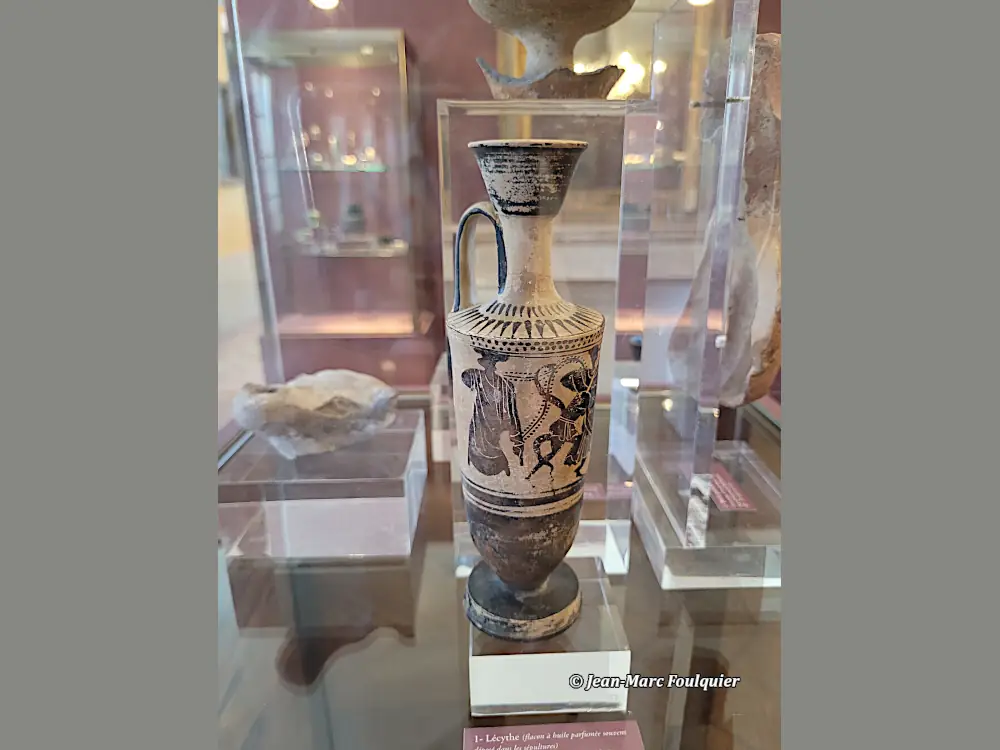






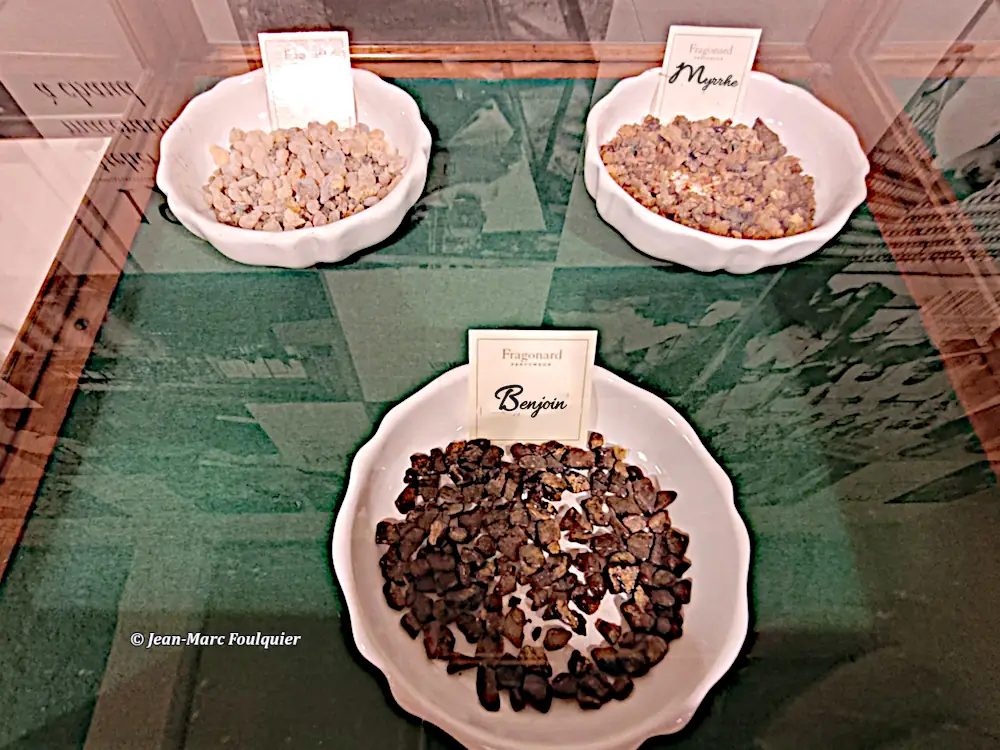


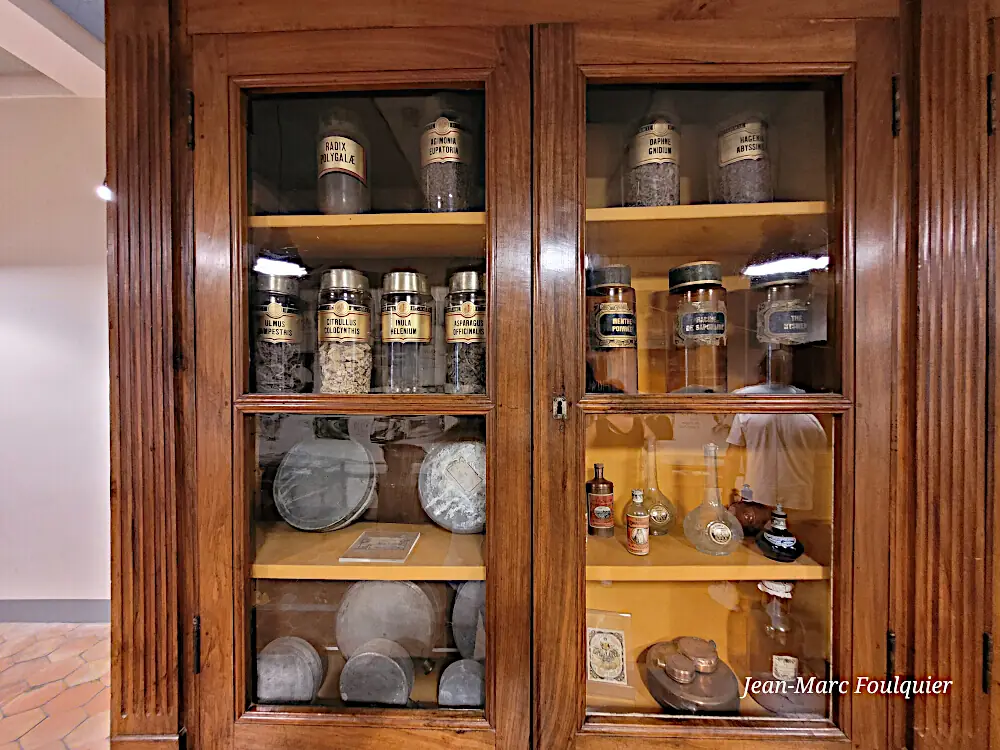











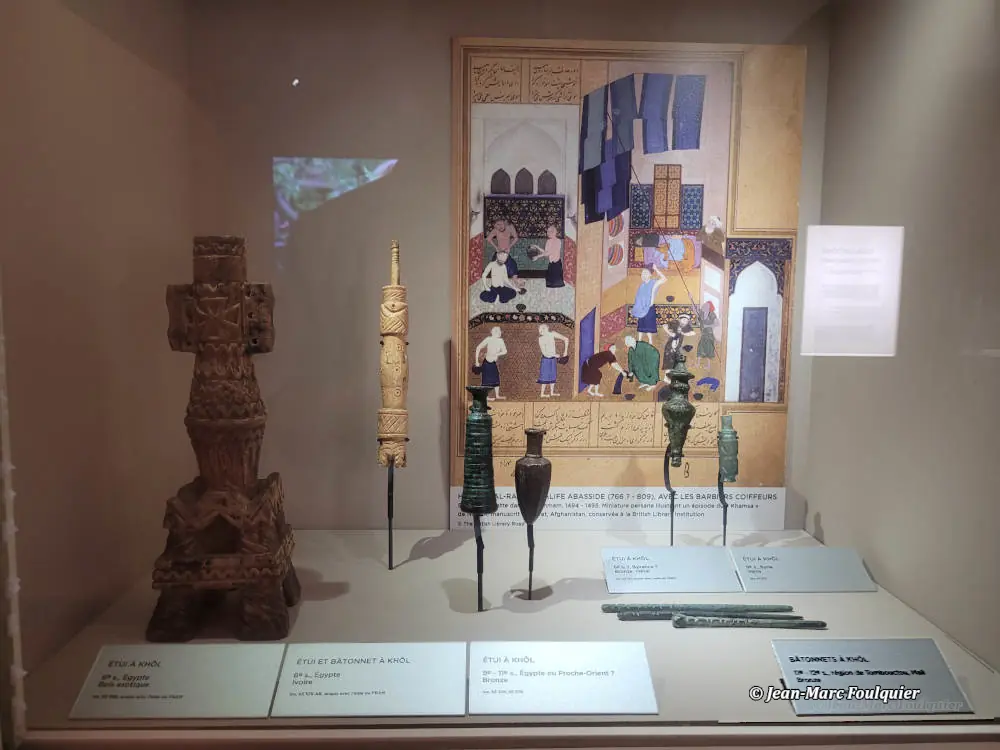
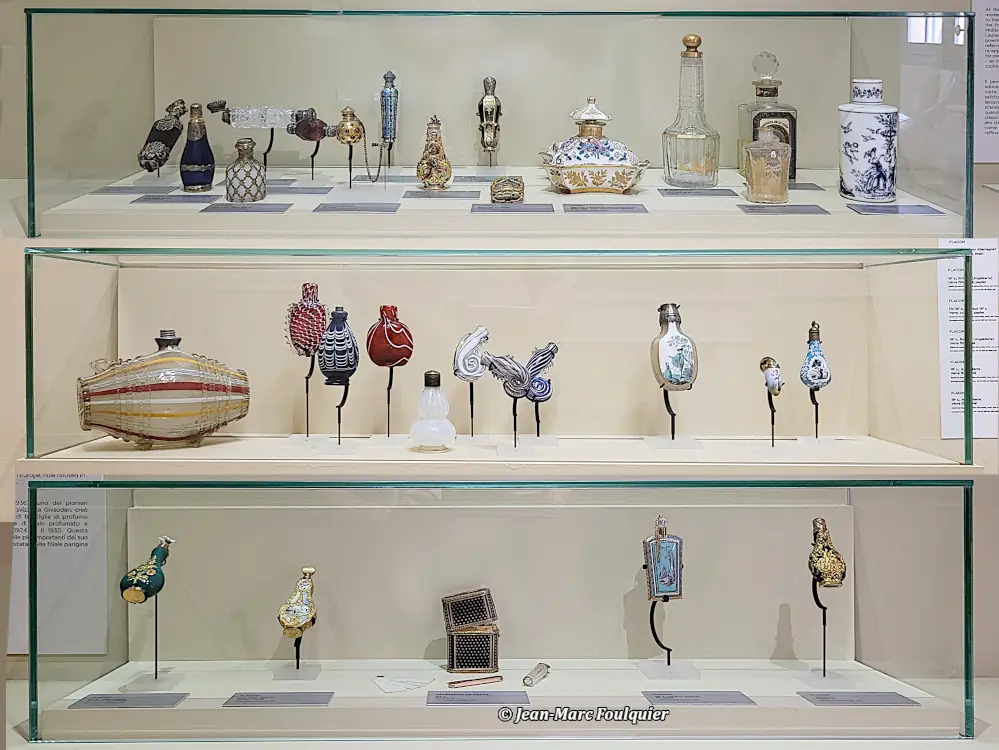






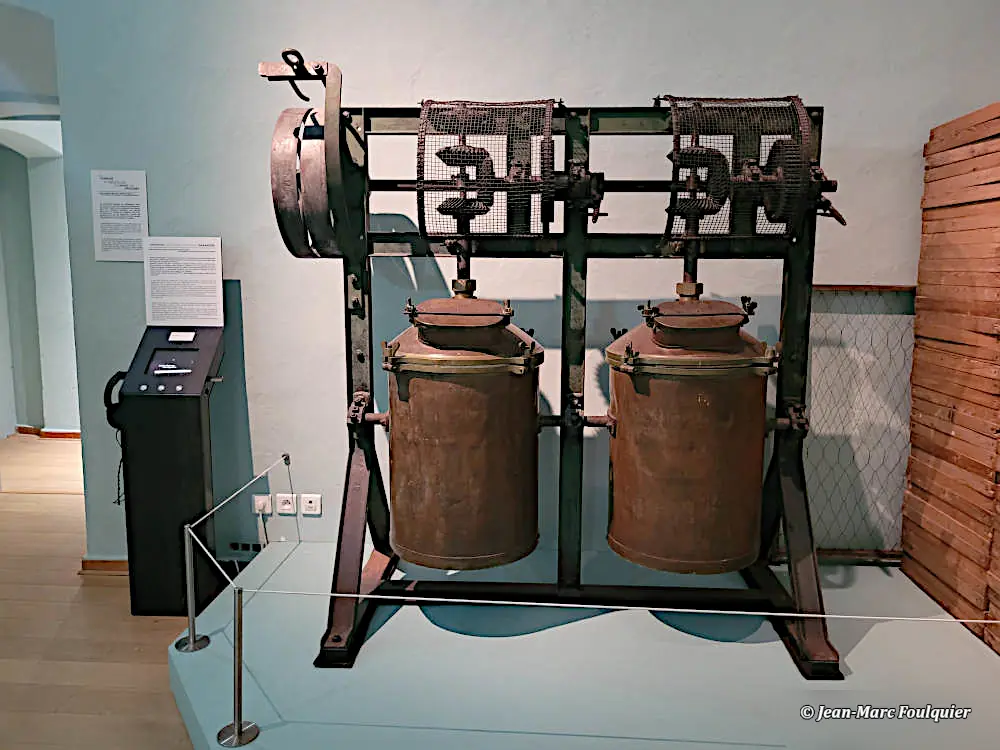




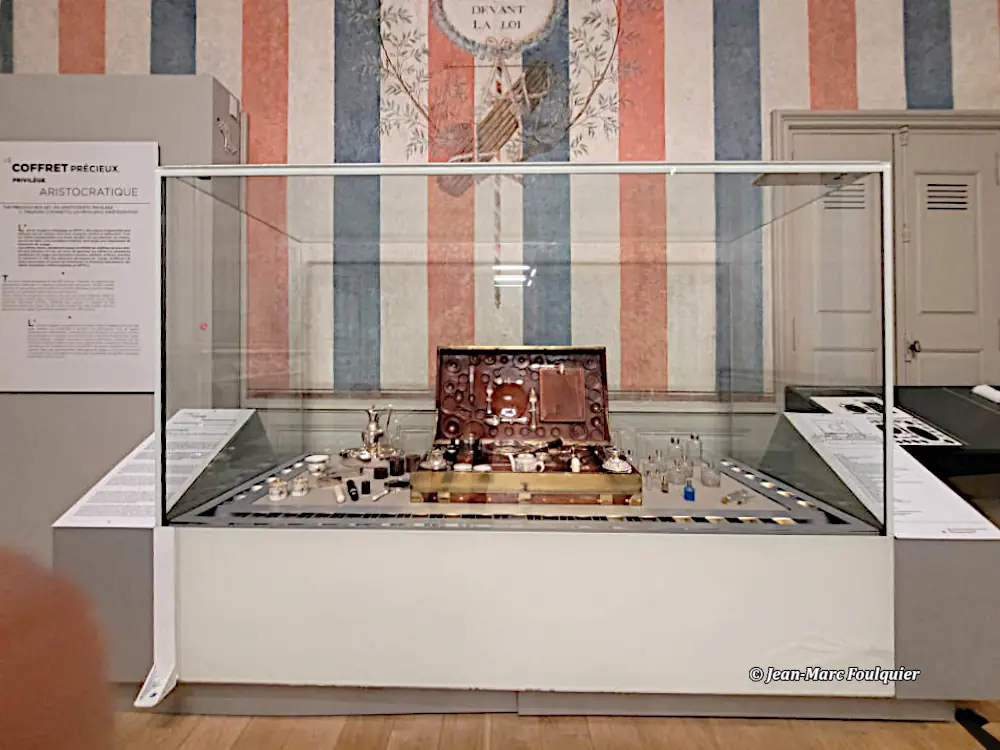







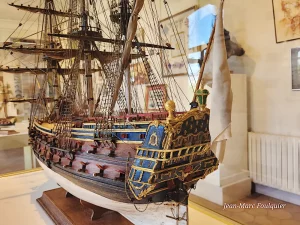
































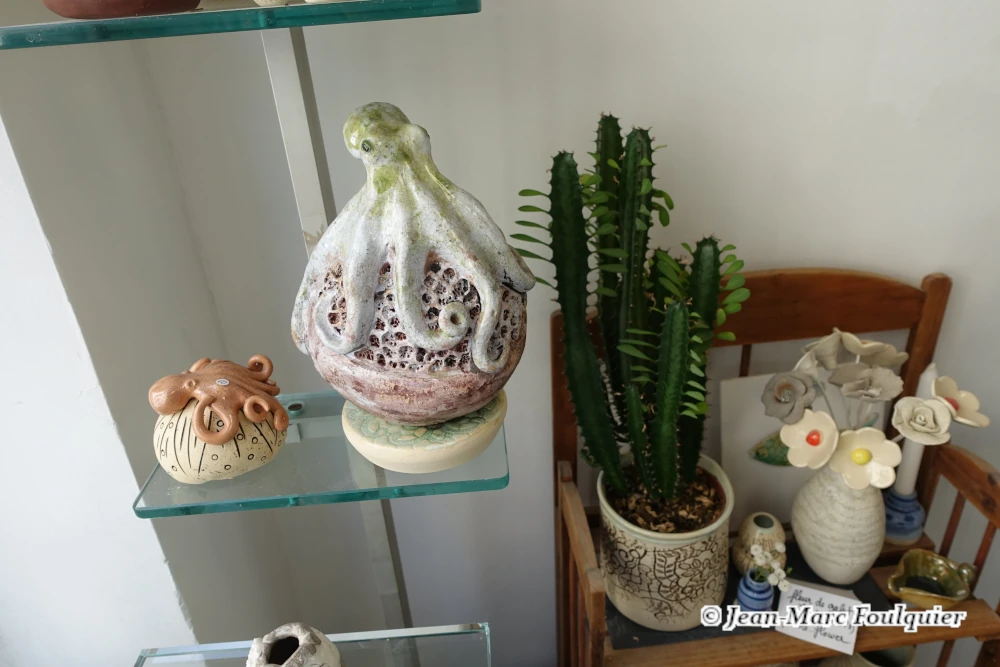





















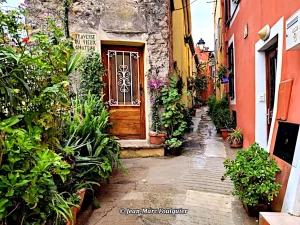
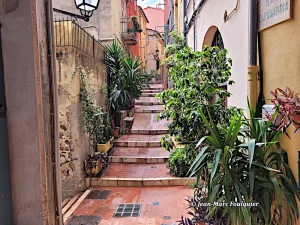



























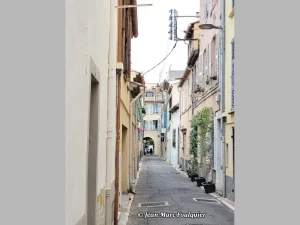













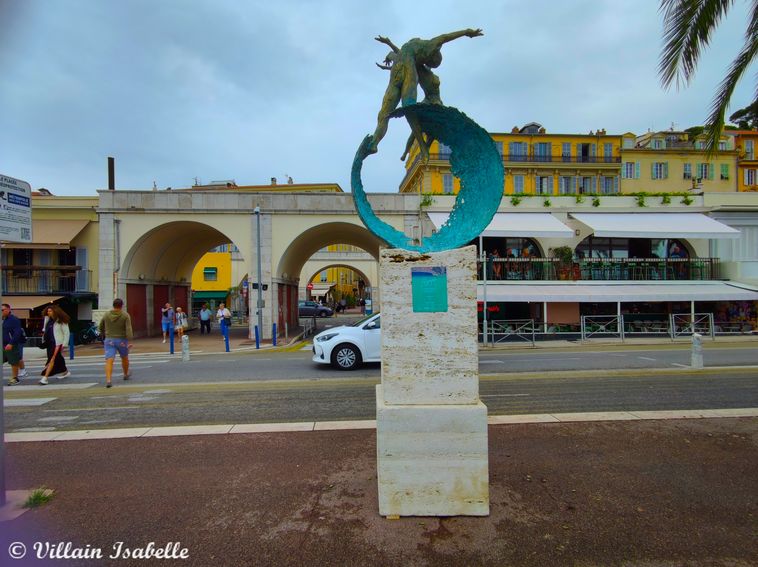


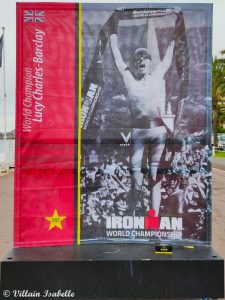





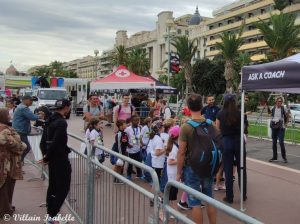














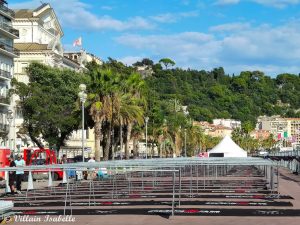










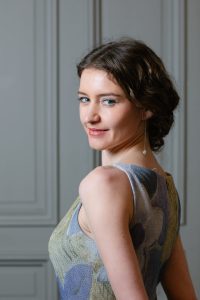 Who is Maria Krasnikova?
Who is Maria Krasnikova?


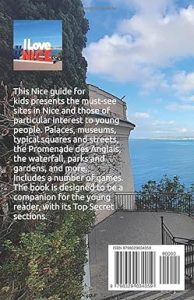









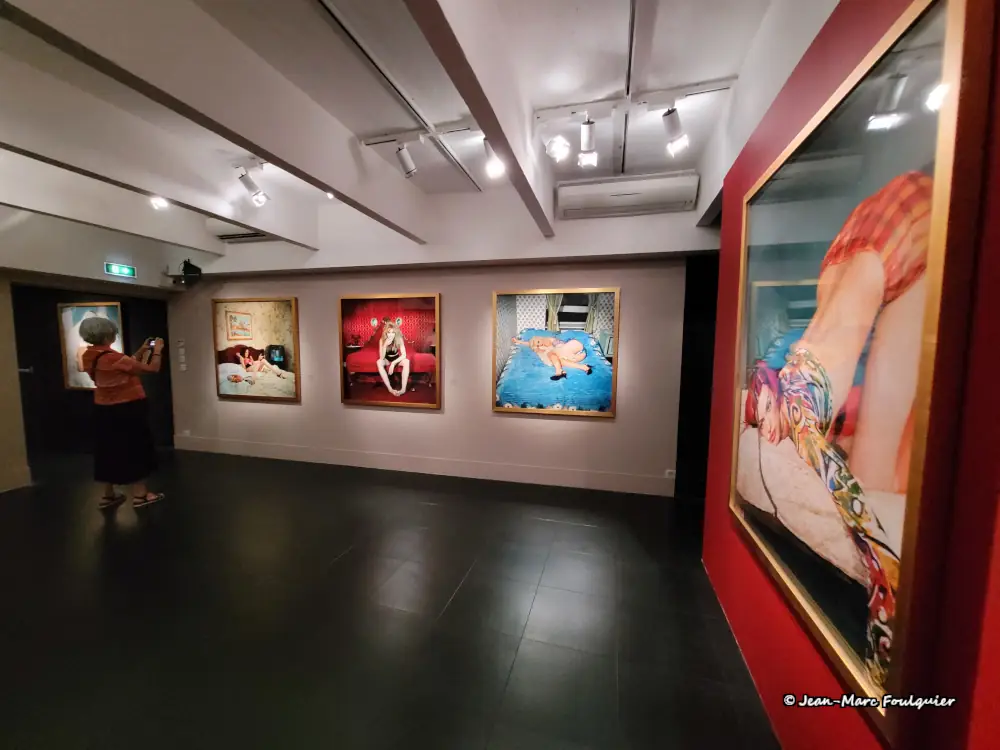


 Bettina Rheims
Bettina Rheims






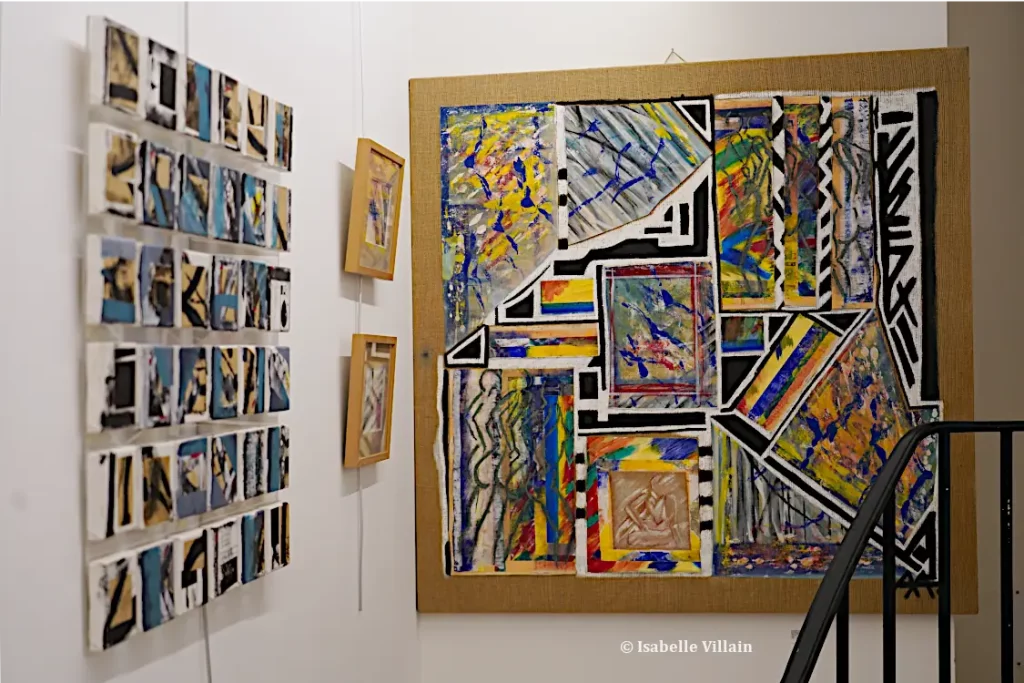

















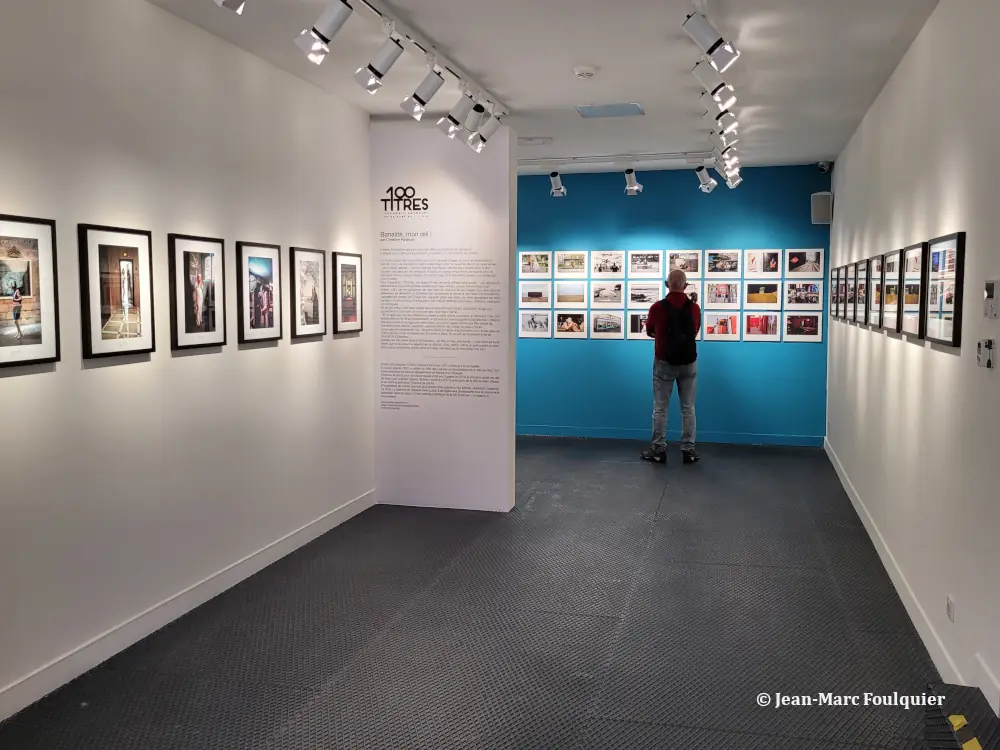









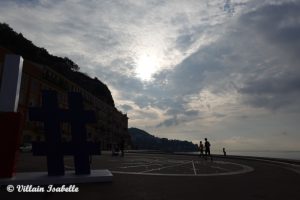
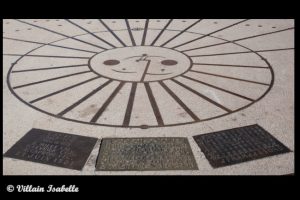


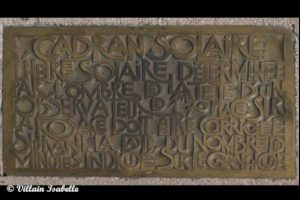



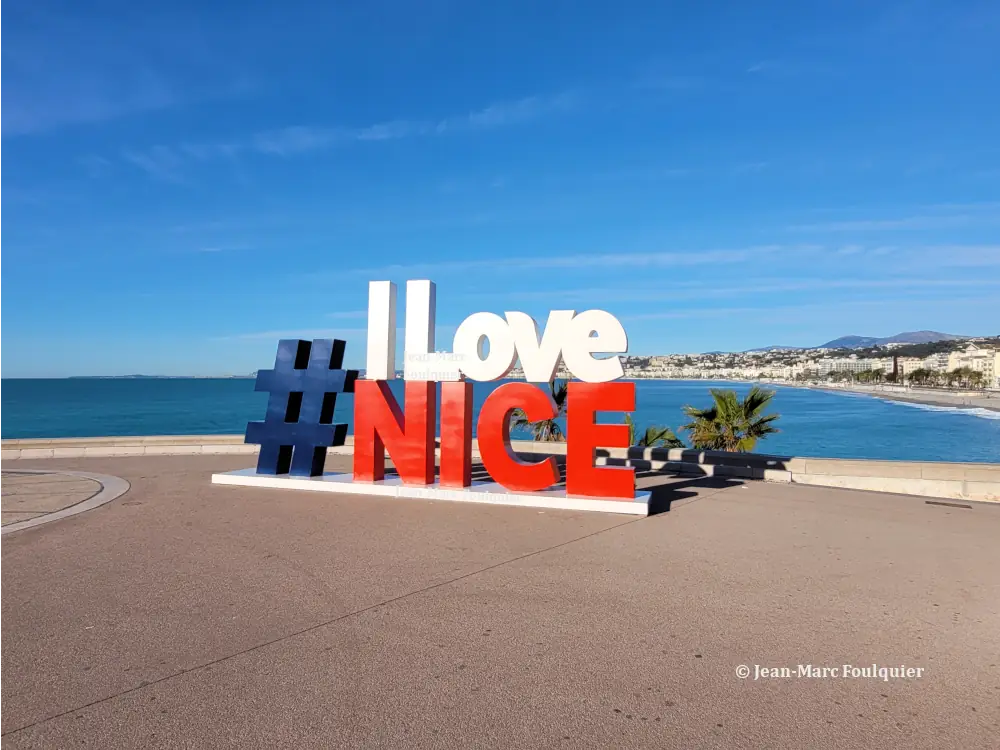






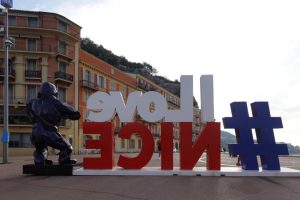




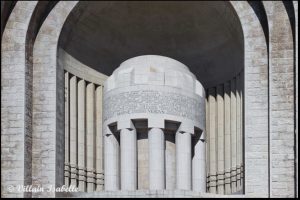

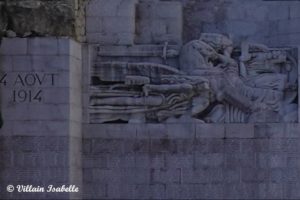




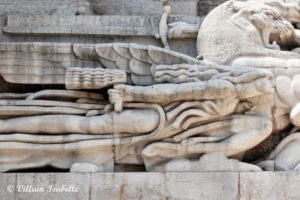
















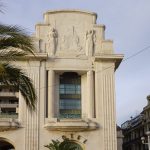




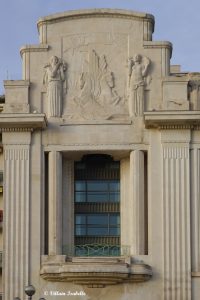



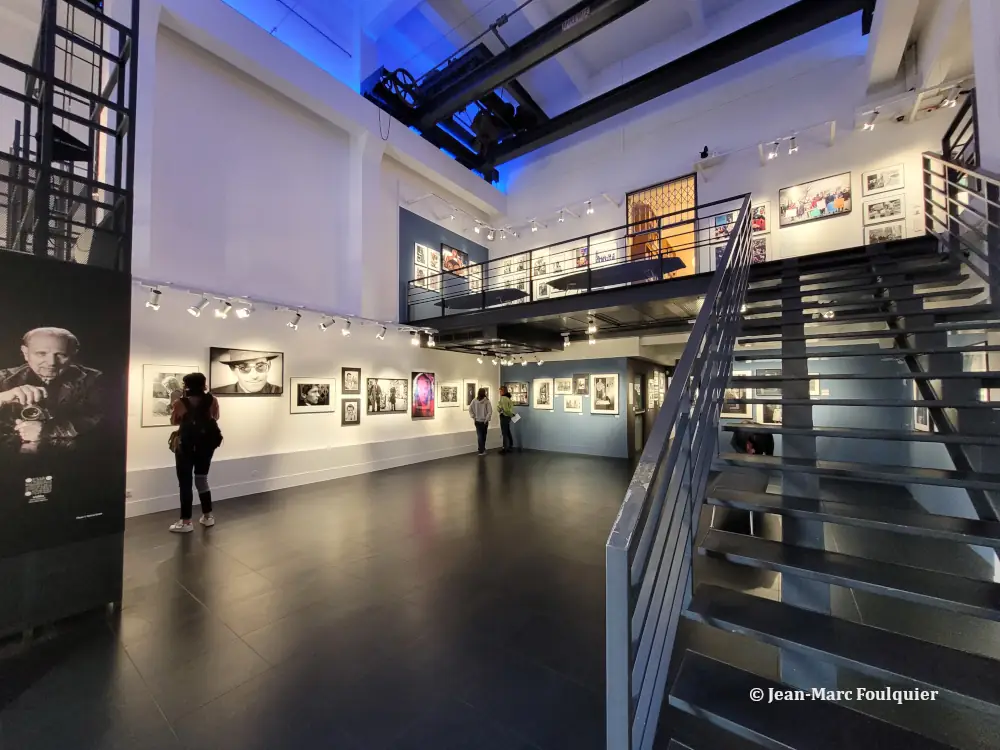













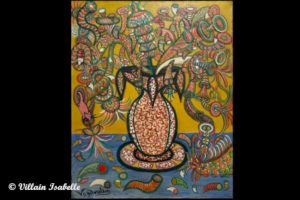






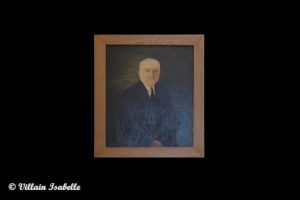
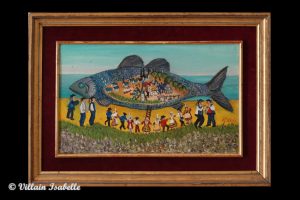















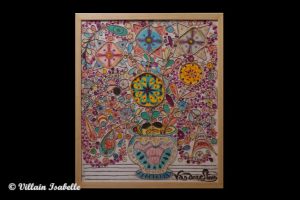




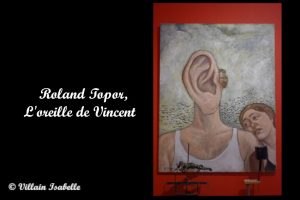







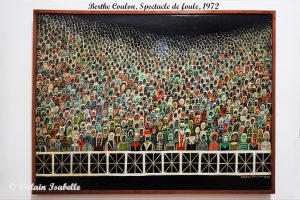









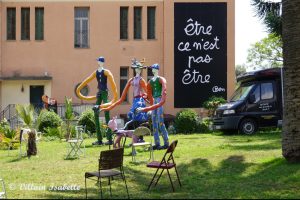


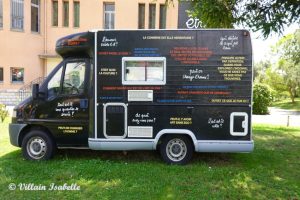



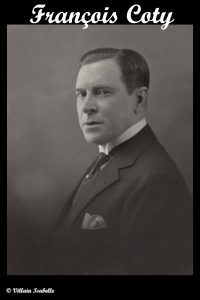
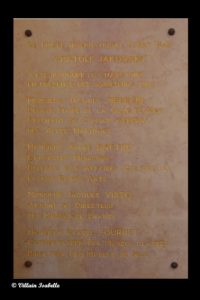
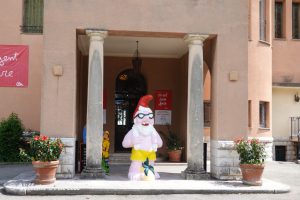




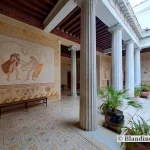

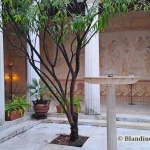





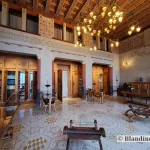



























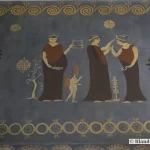


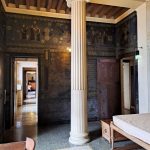


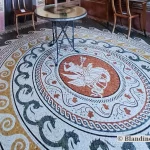













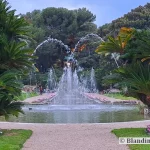














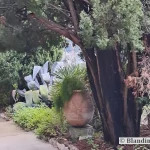











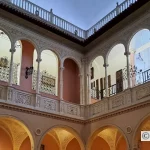
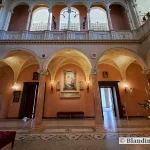














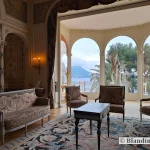














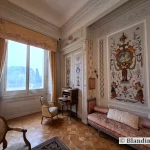











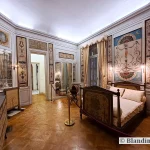

















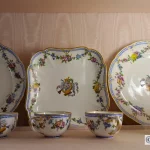


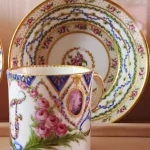





















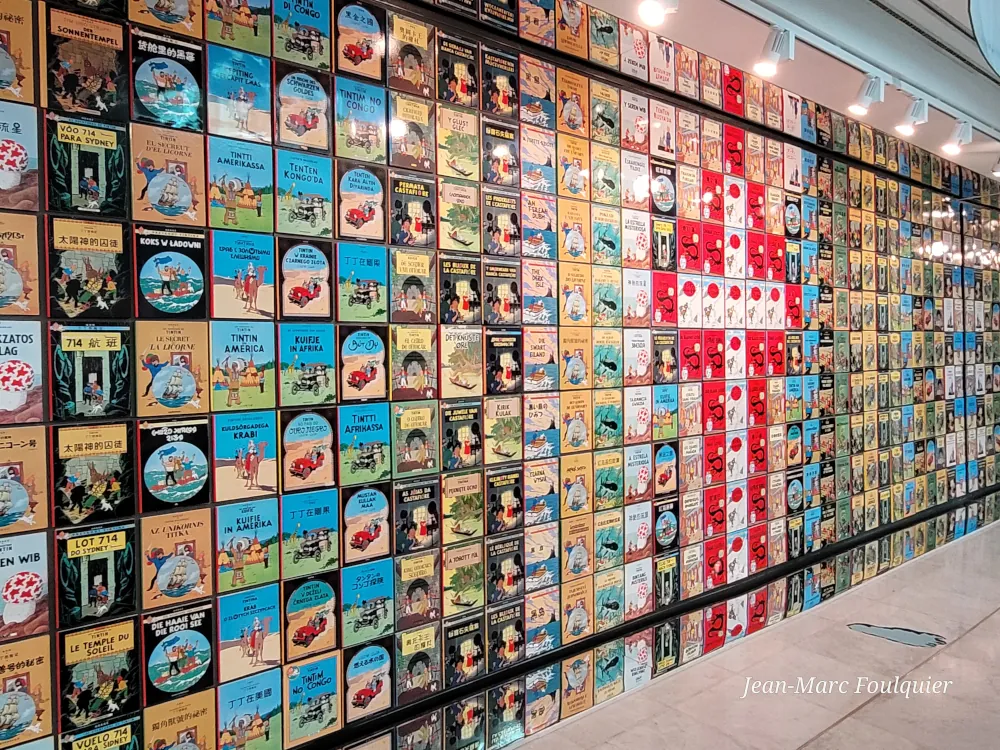












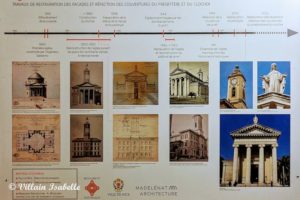
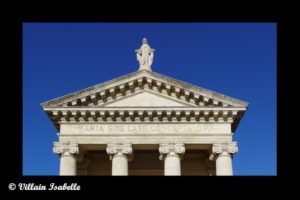



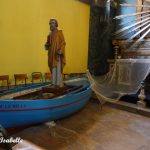


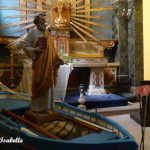

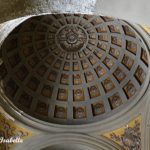









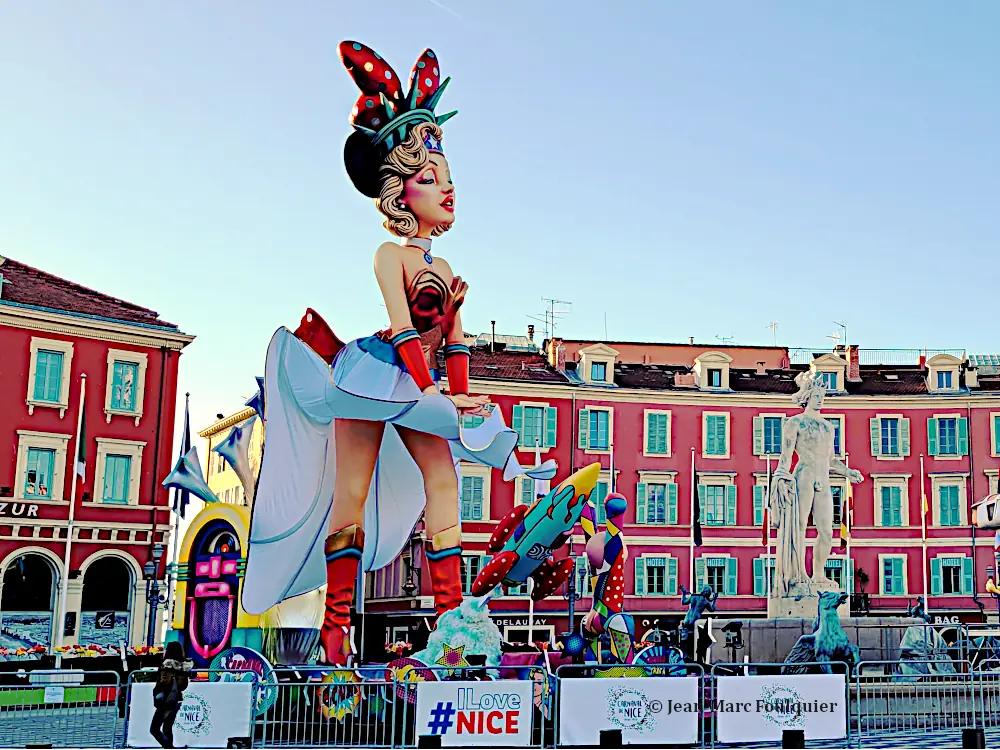


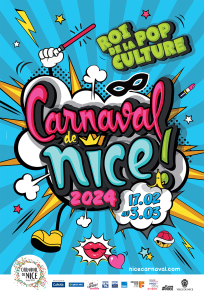




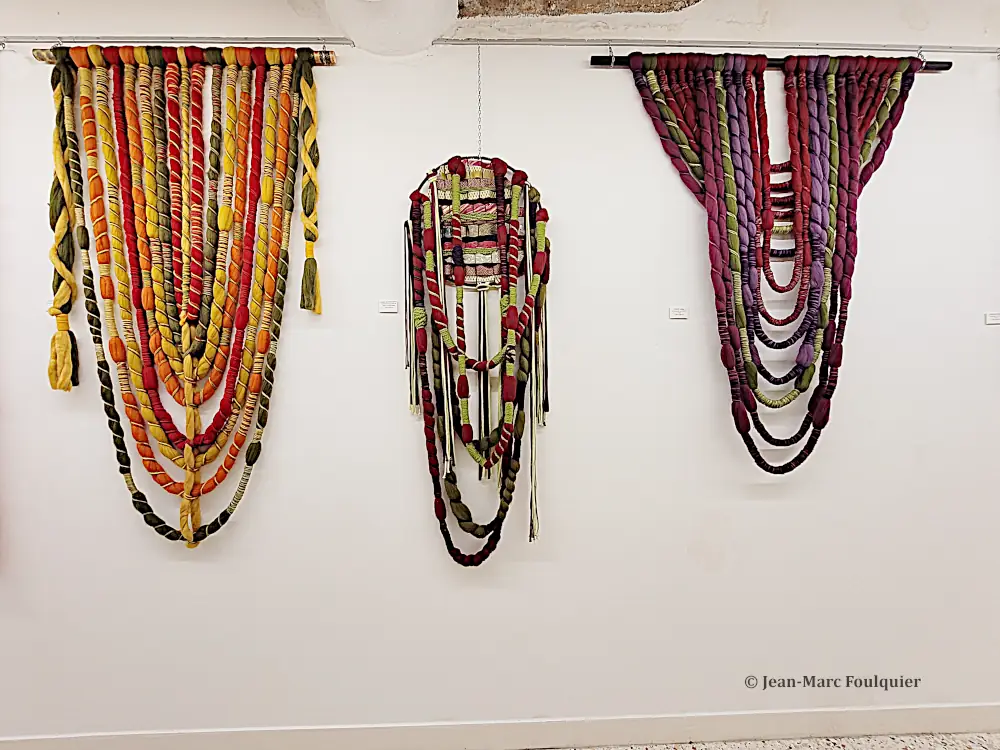











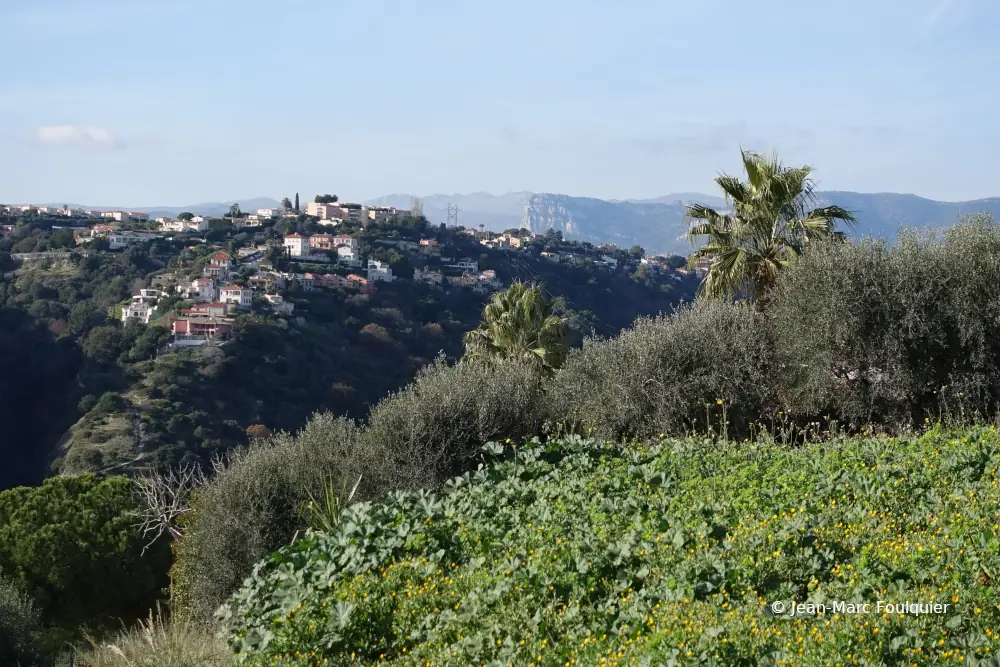


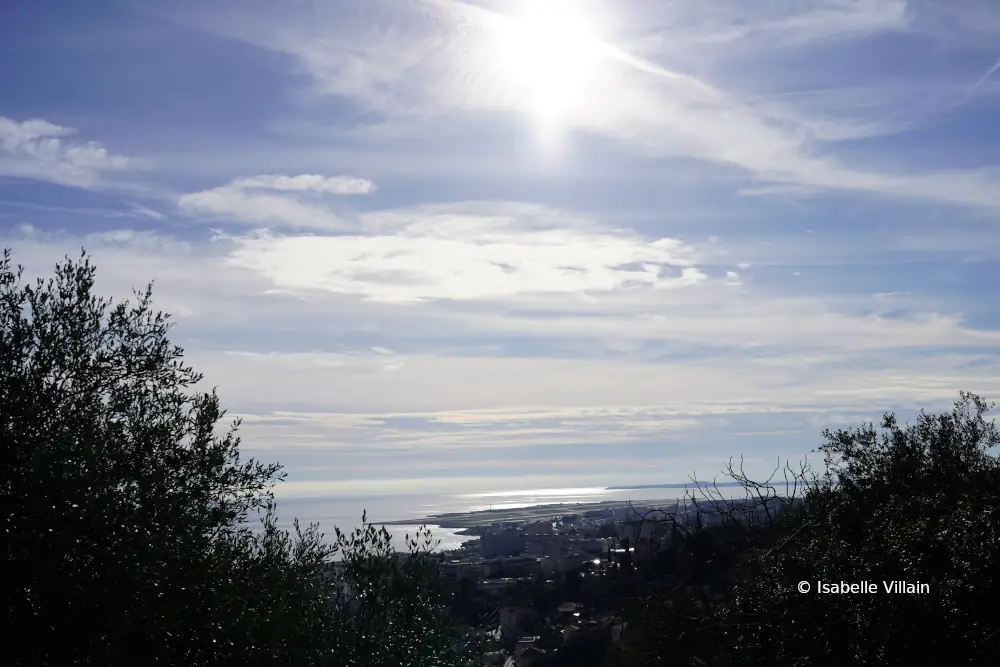
































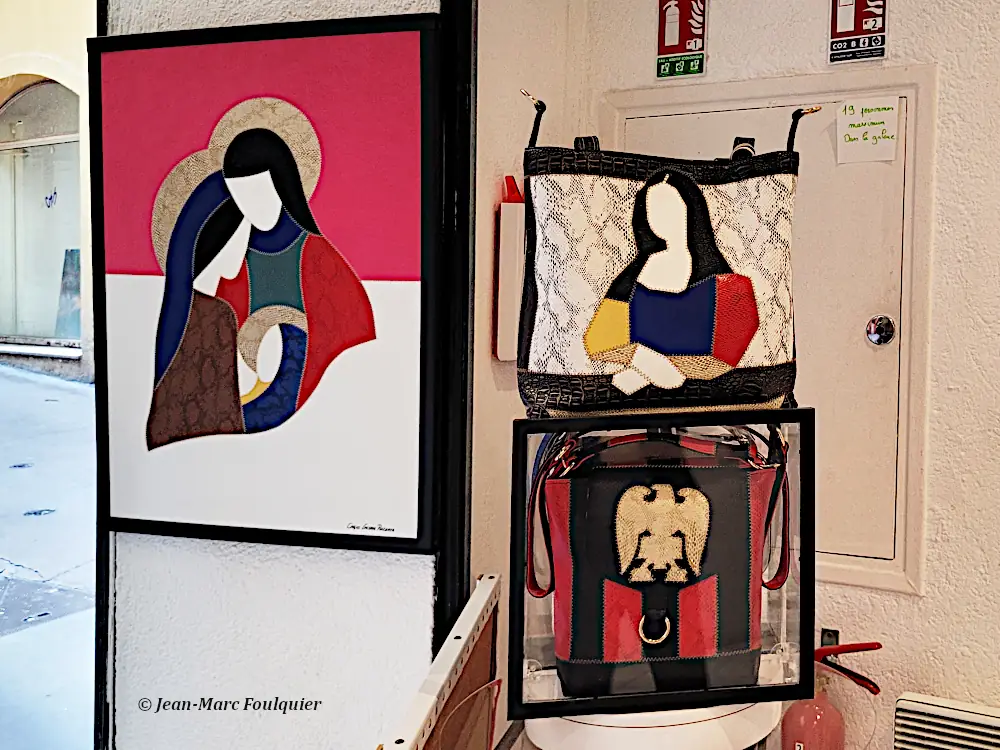




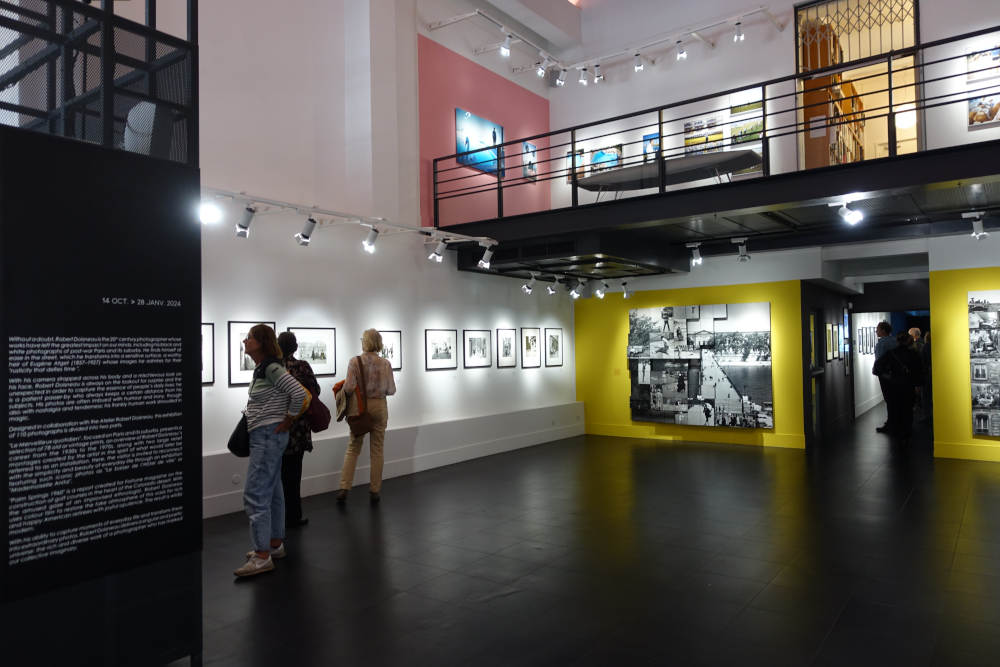







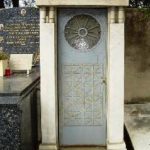













































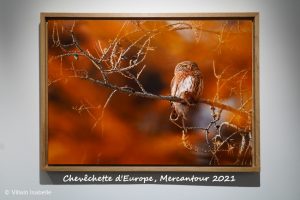



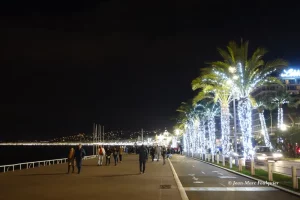 The 2023 illuminations in Nice
The 2023 illuminations in Nice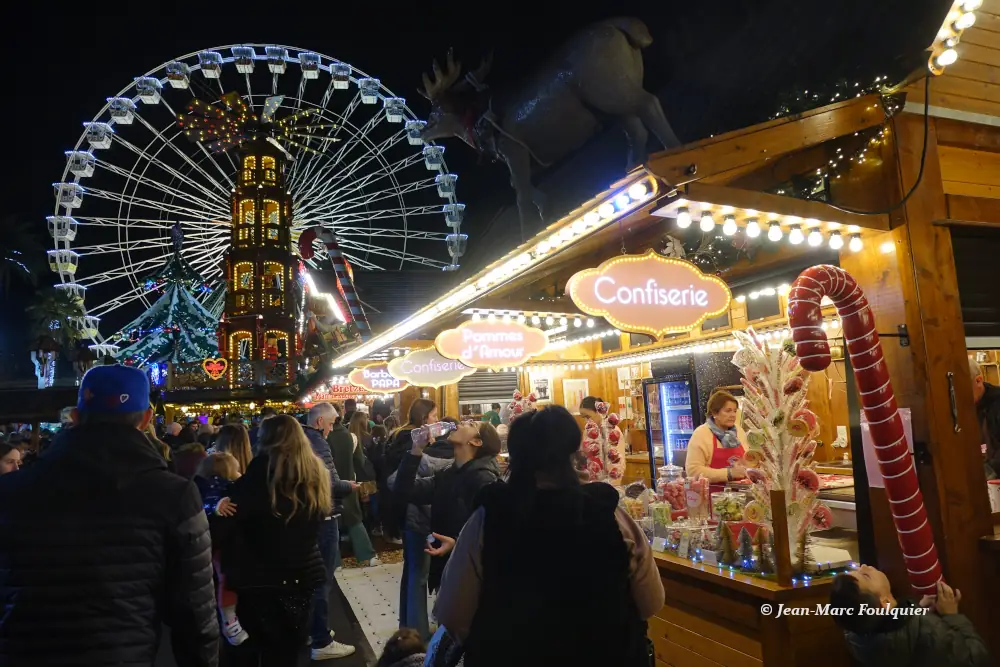































 Children's playground
Children's playground The tree climbing facility
The tree climbing facility The snack bar
The snack bar




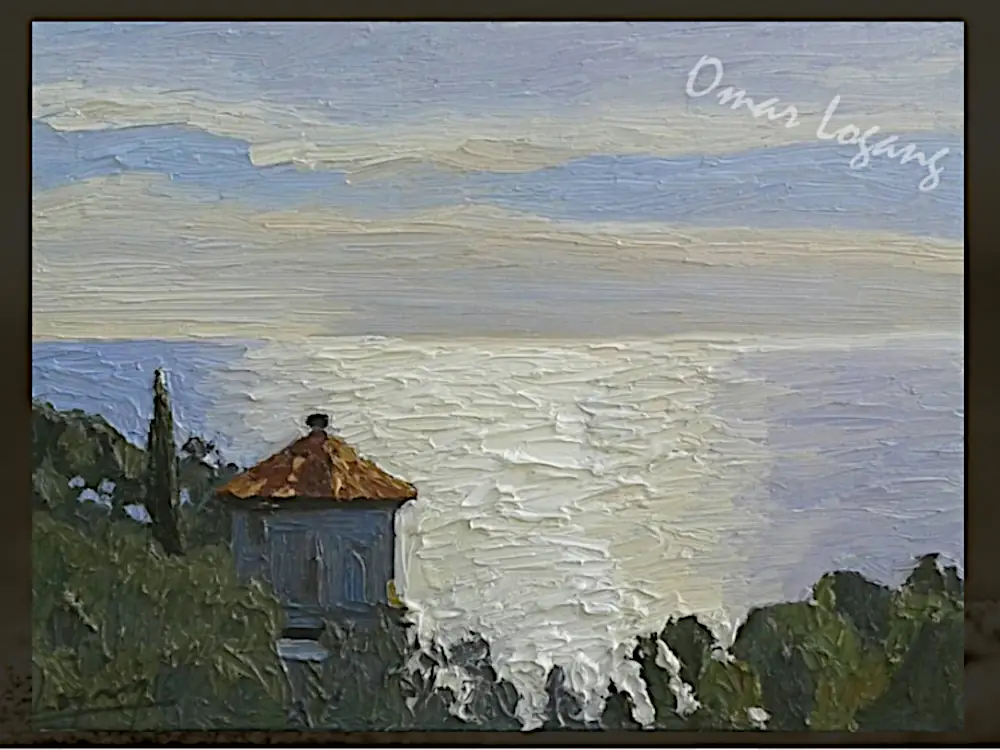





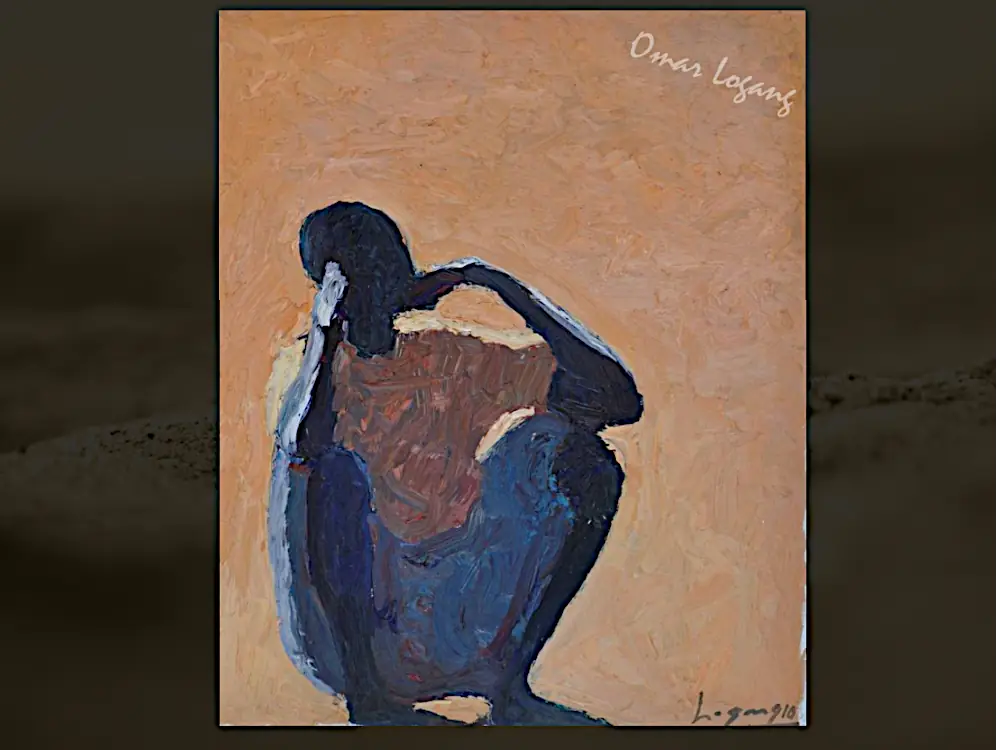









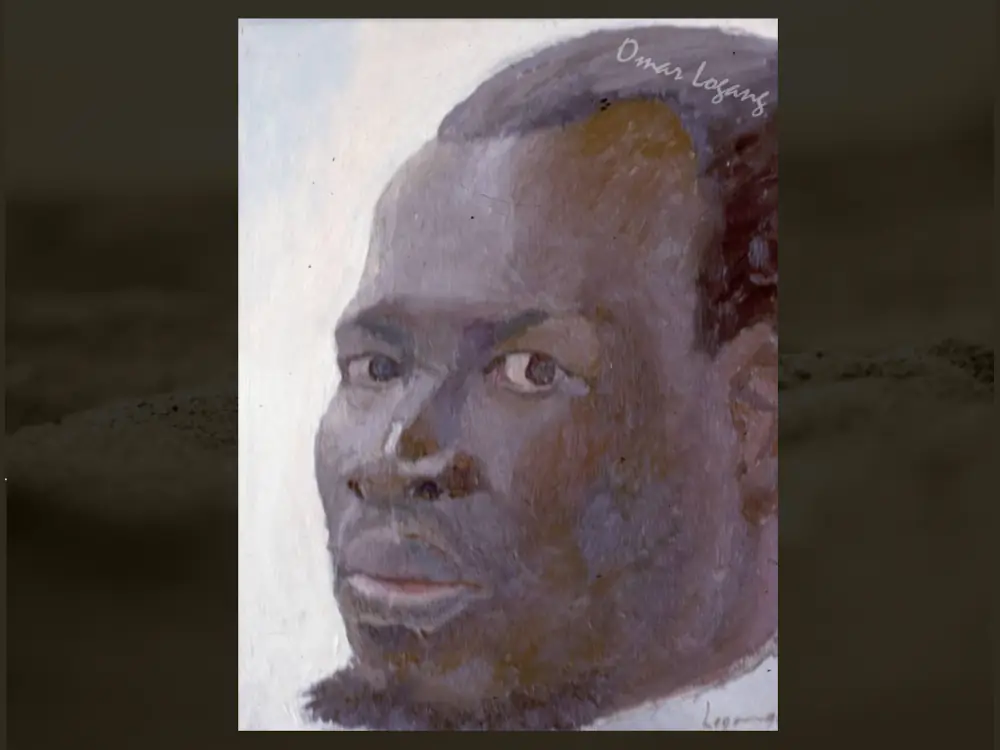
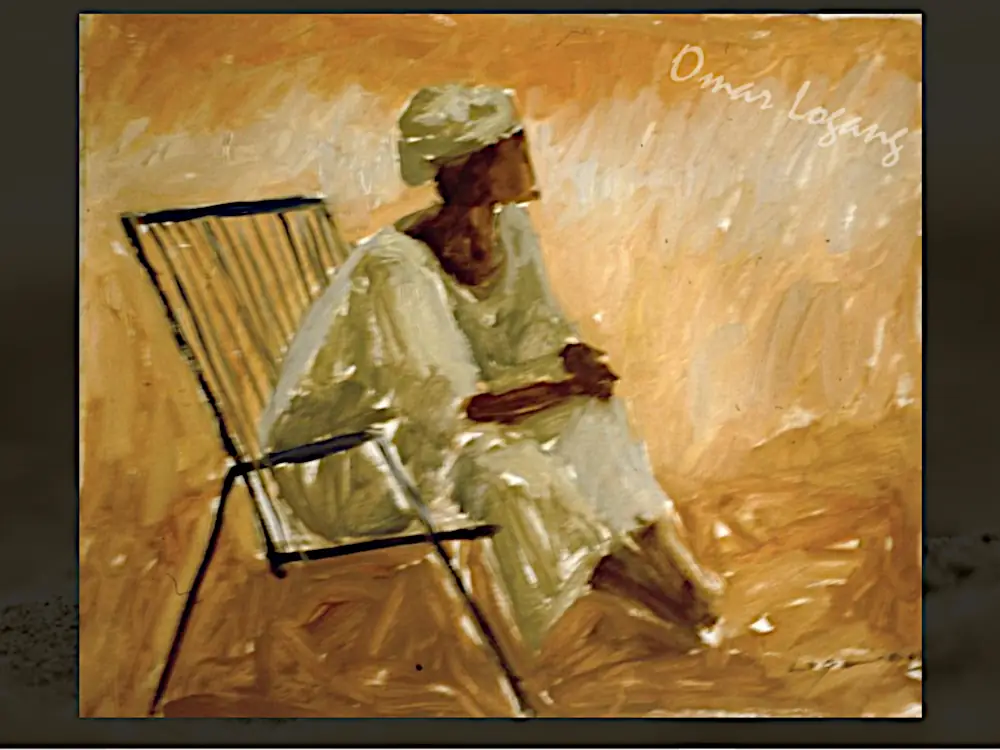












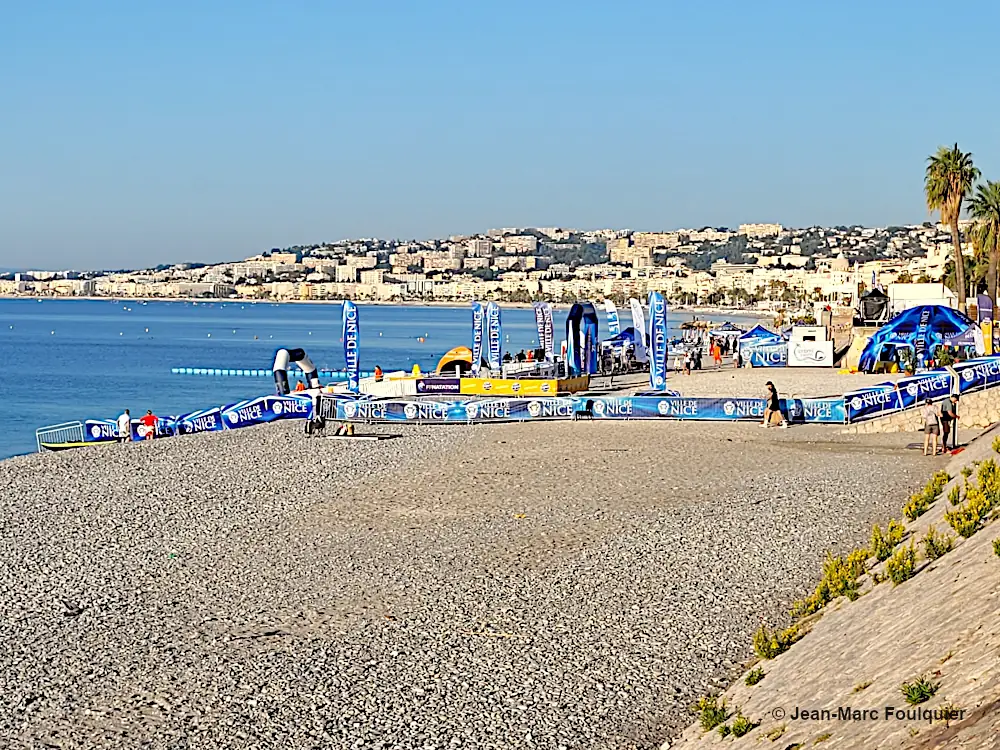



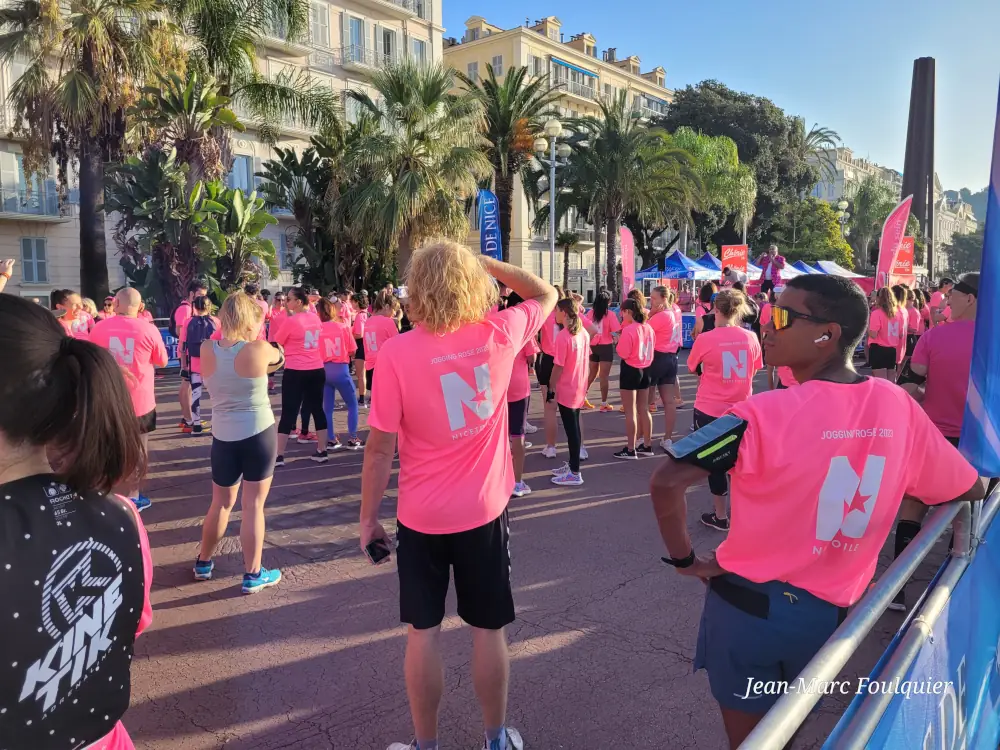
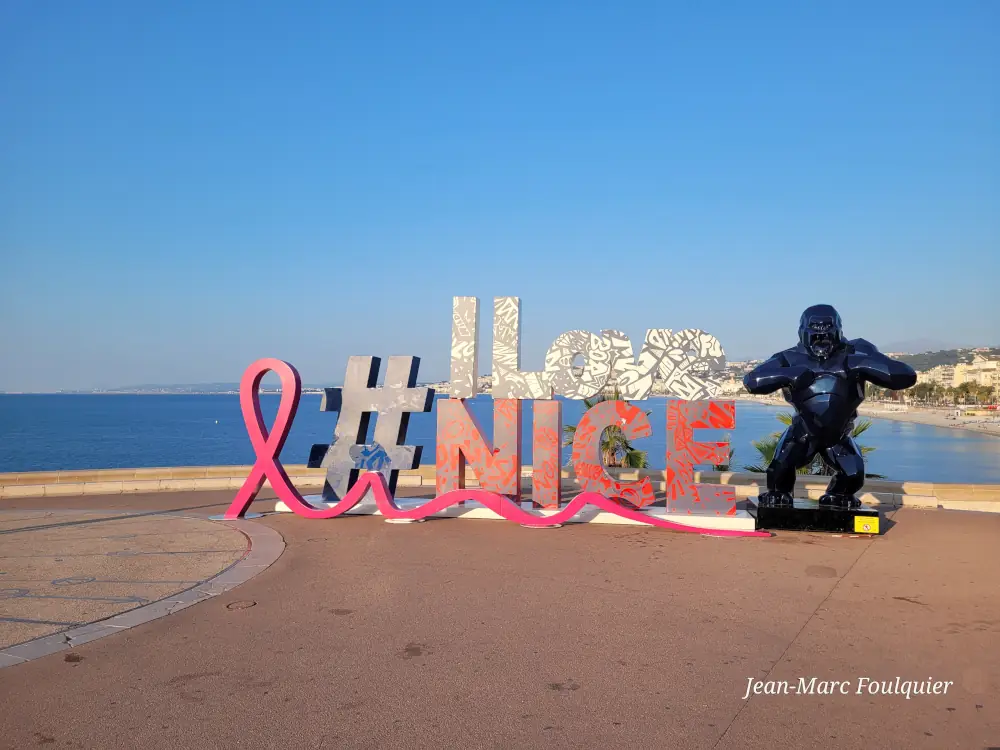





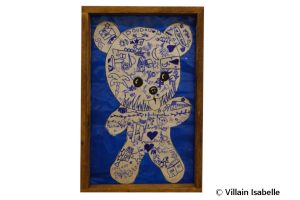
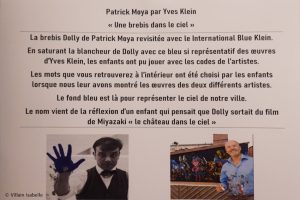











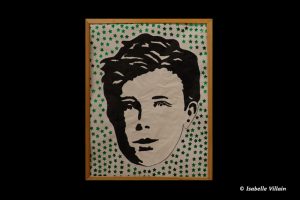














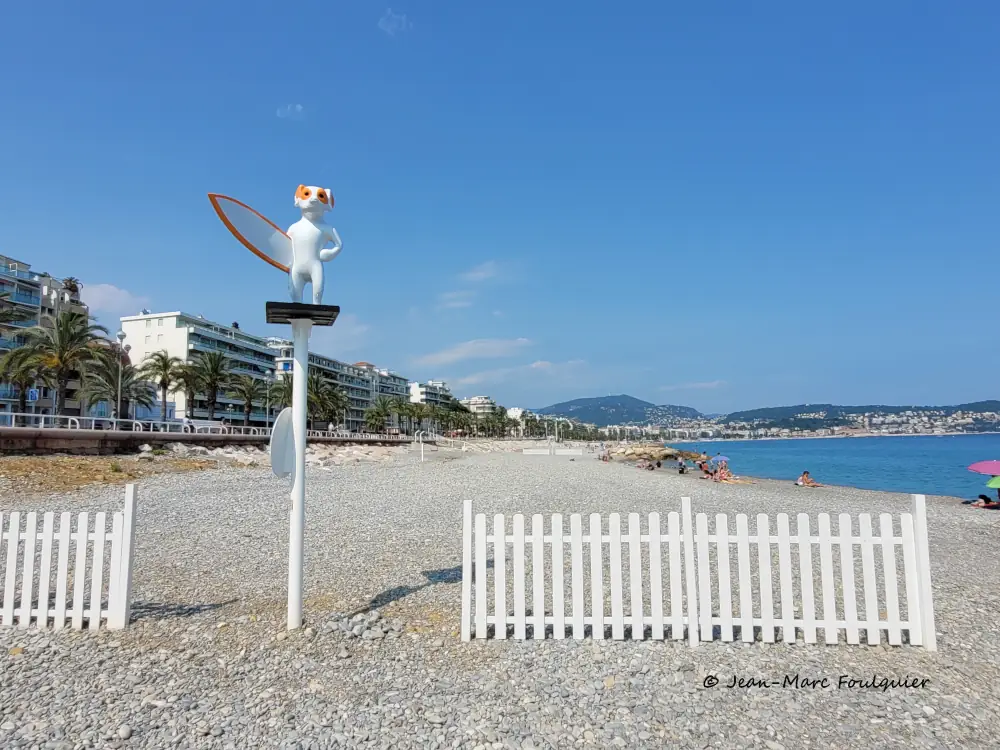


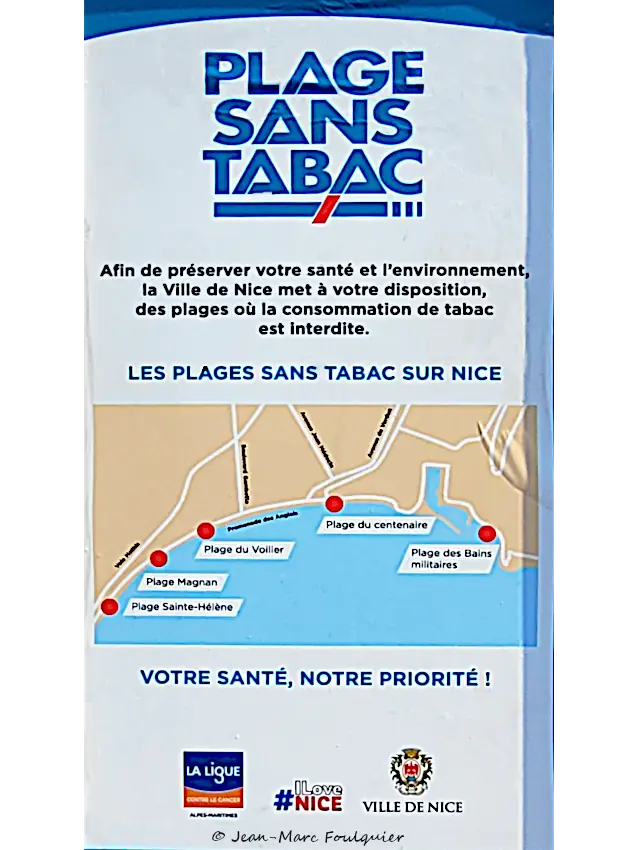















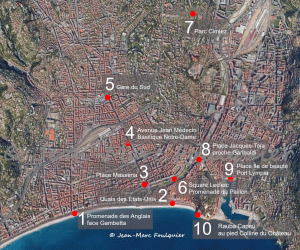















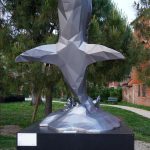






























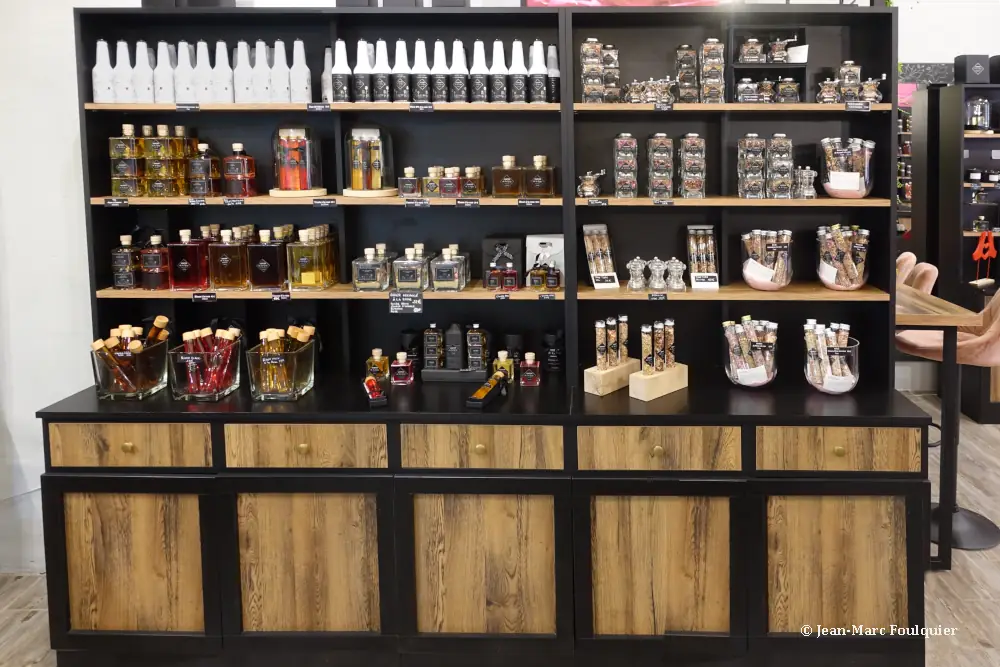





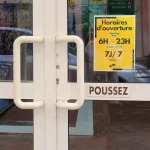









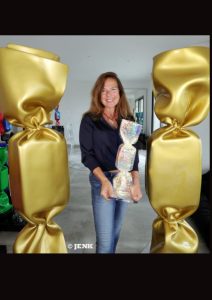































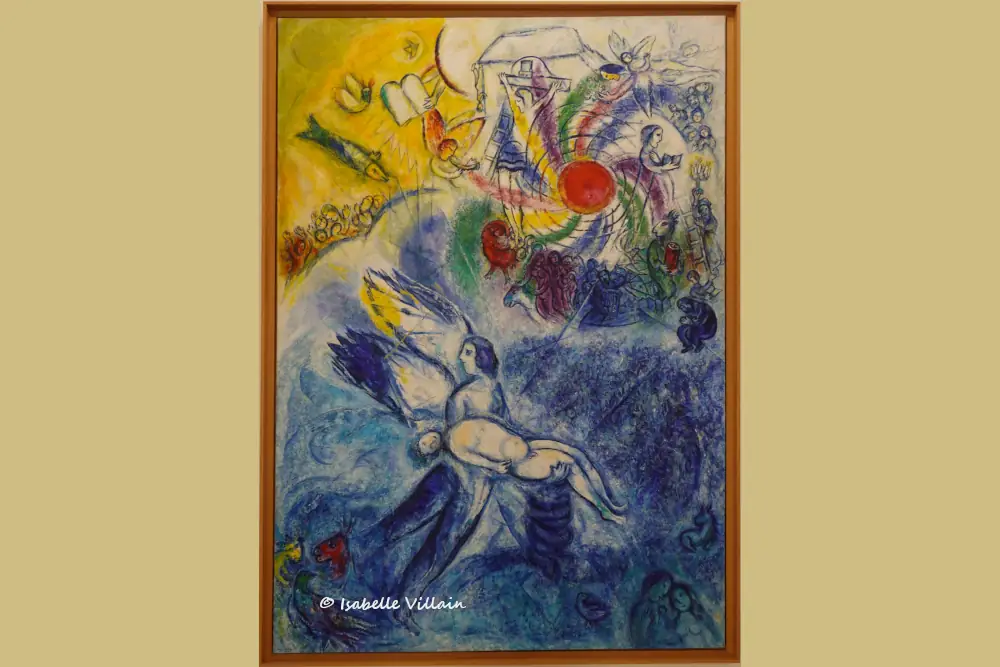







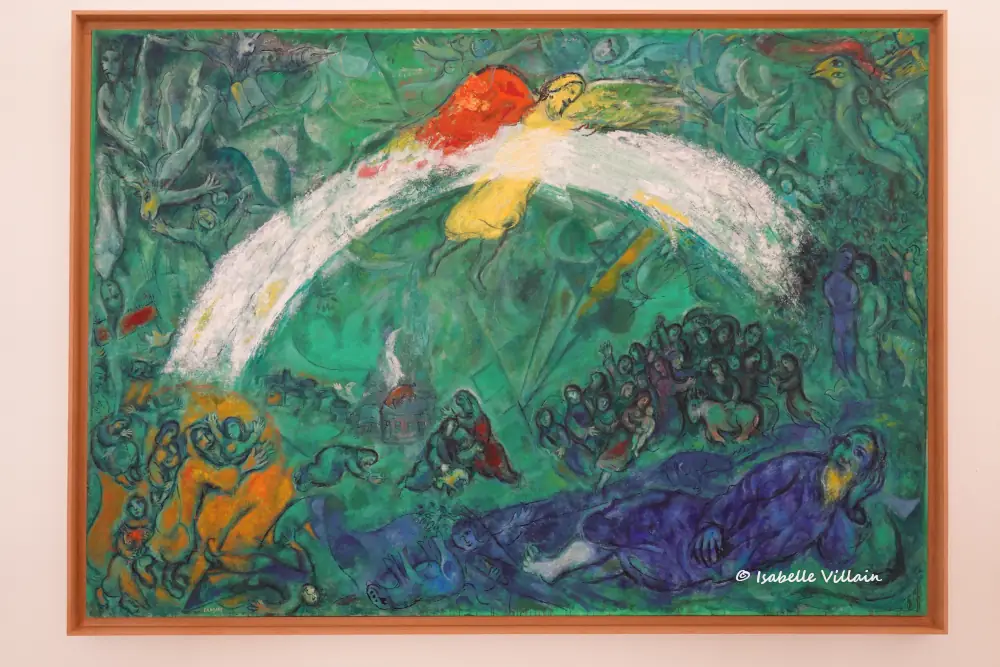







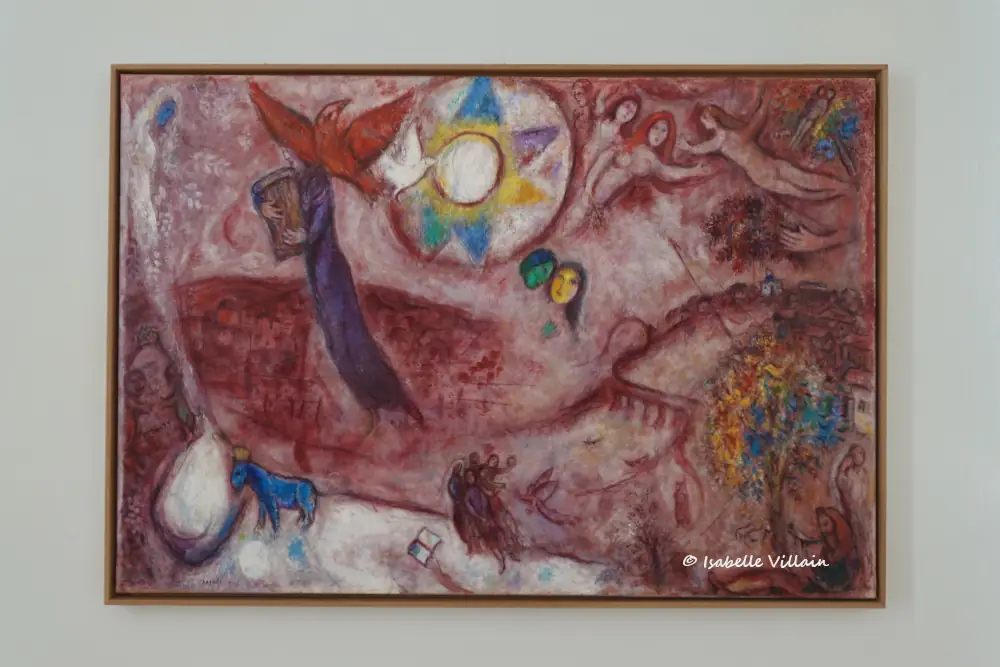
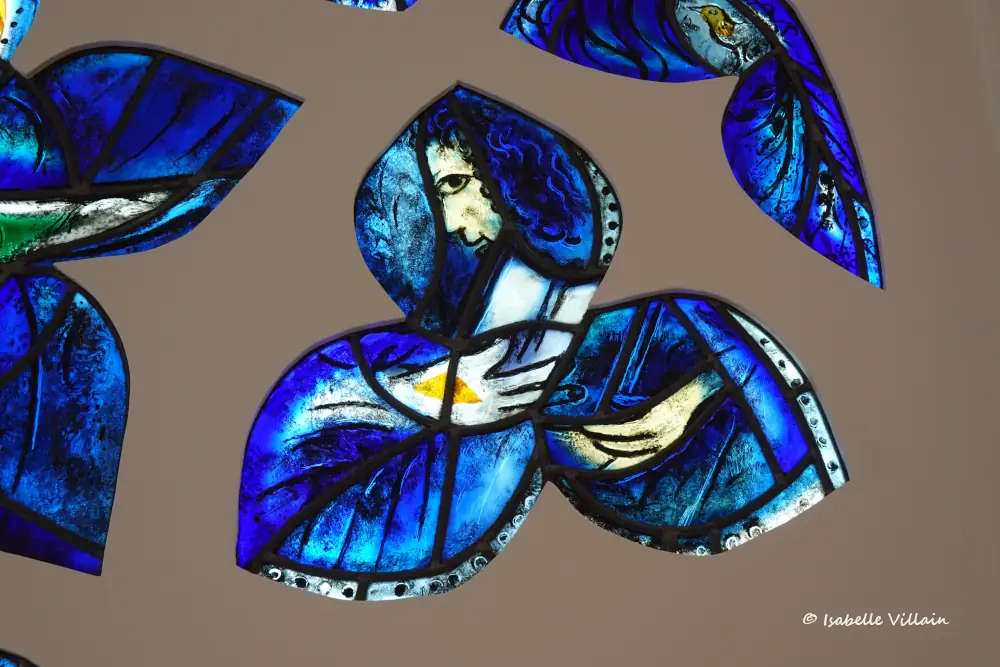










 Practical Information
Practical Information

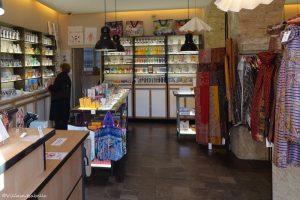



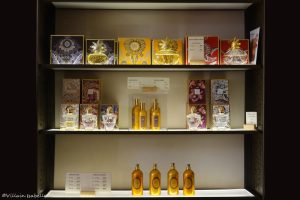





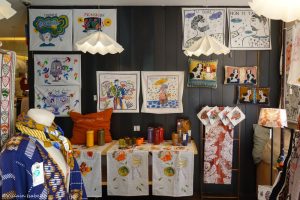
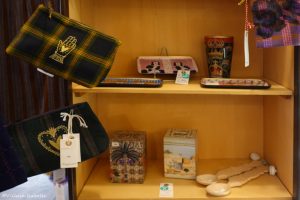





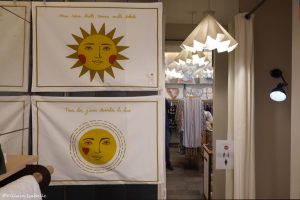
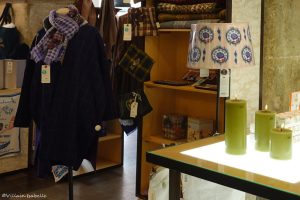











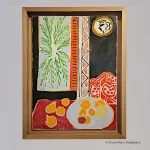


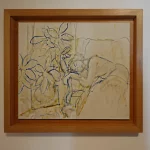





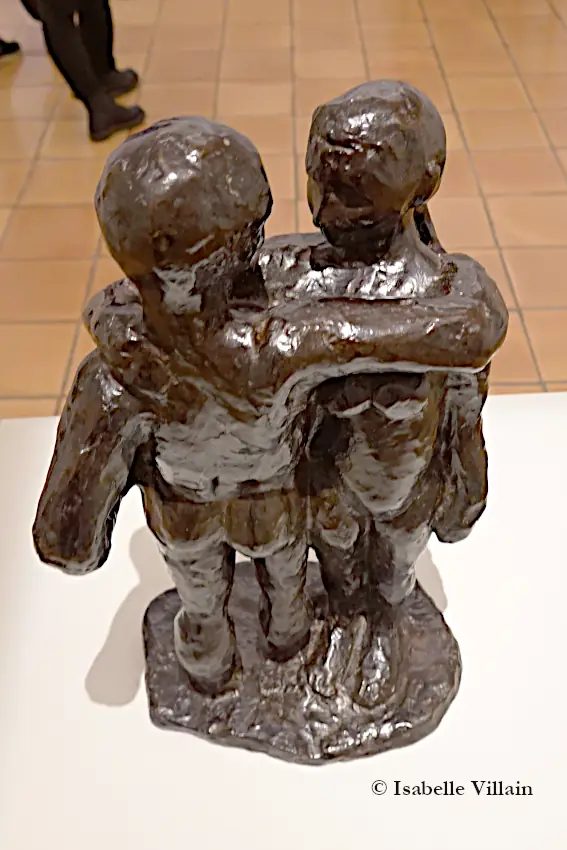






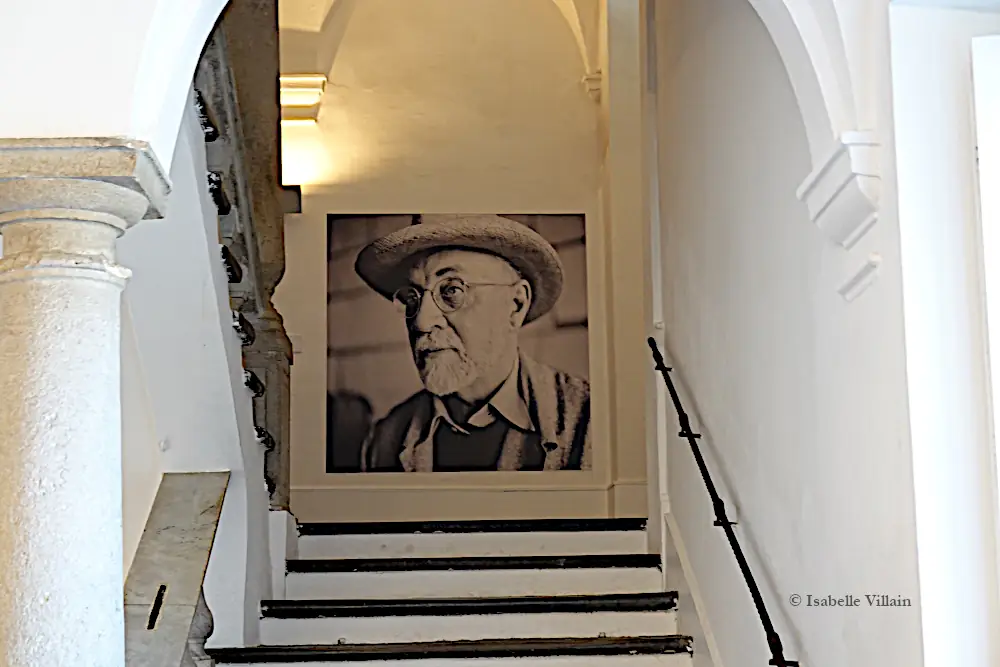




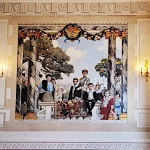

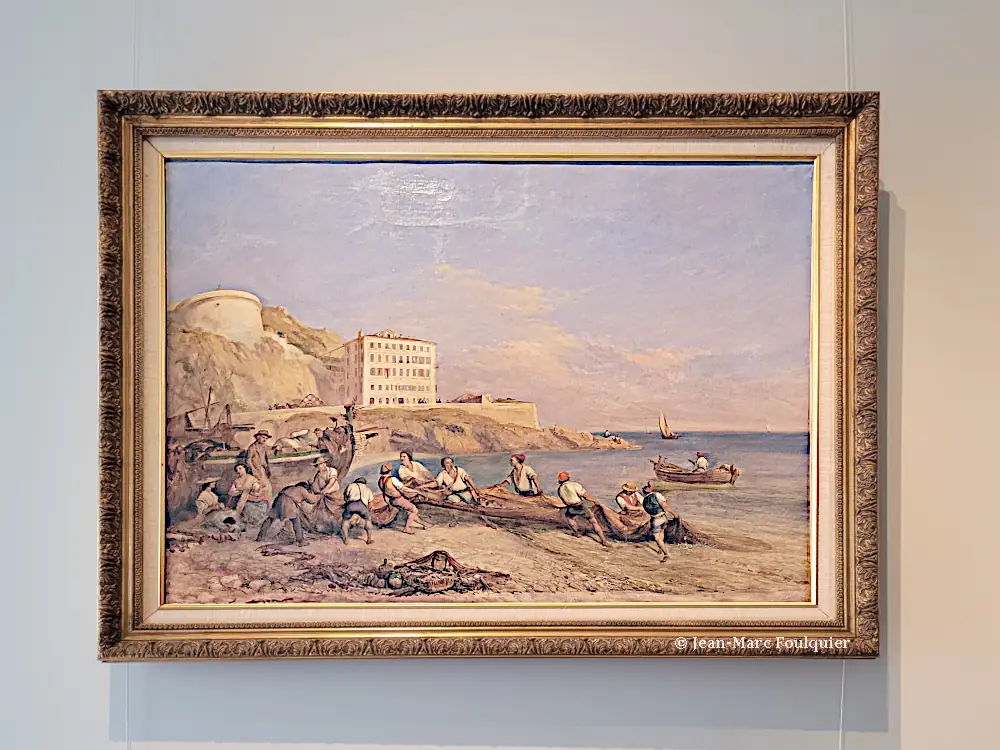







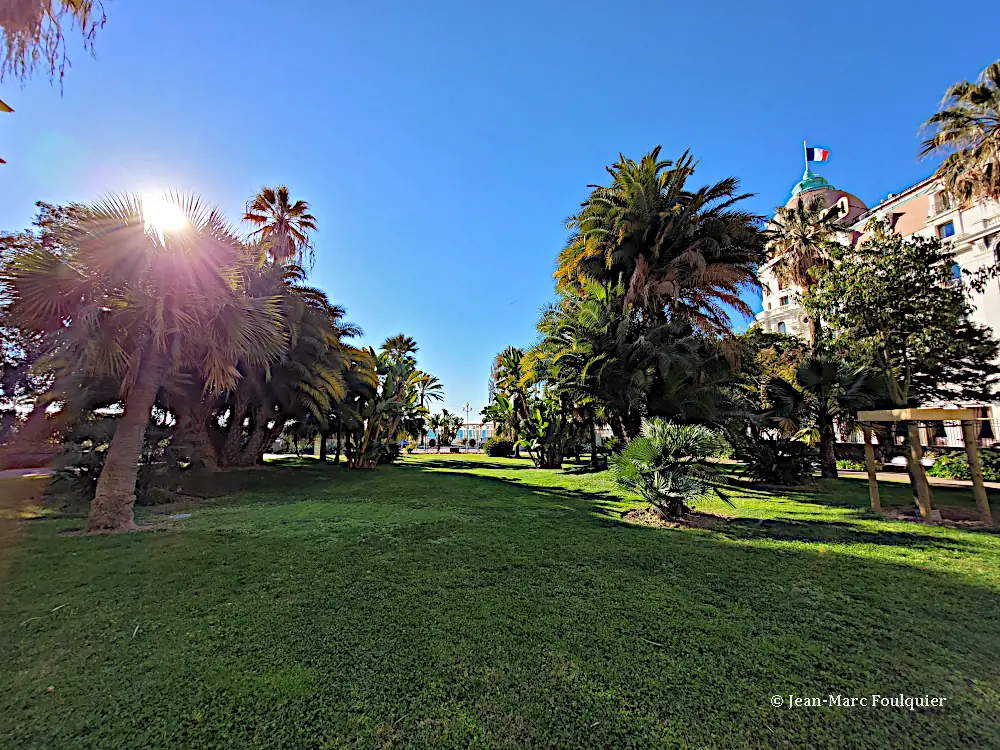
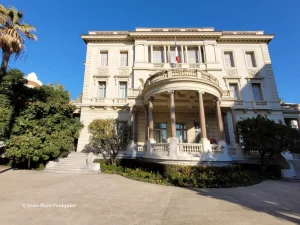











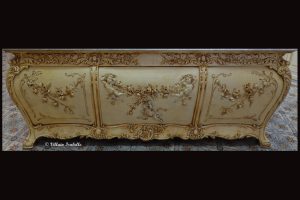















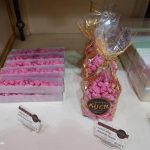


































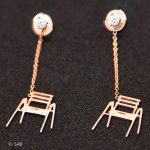




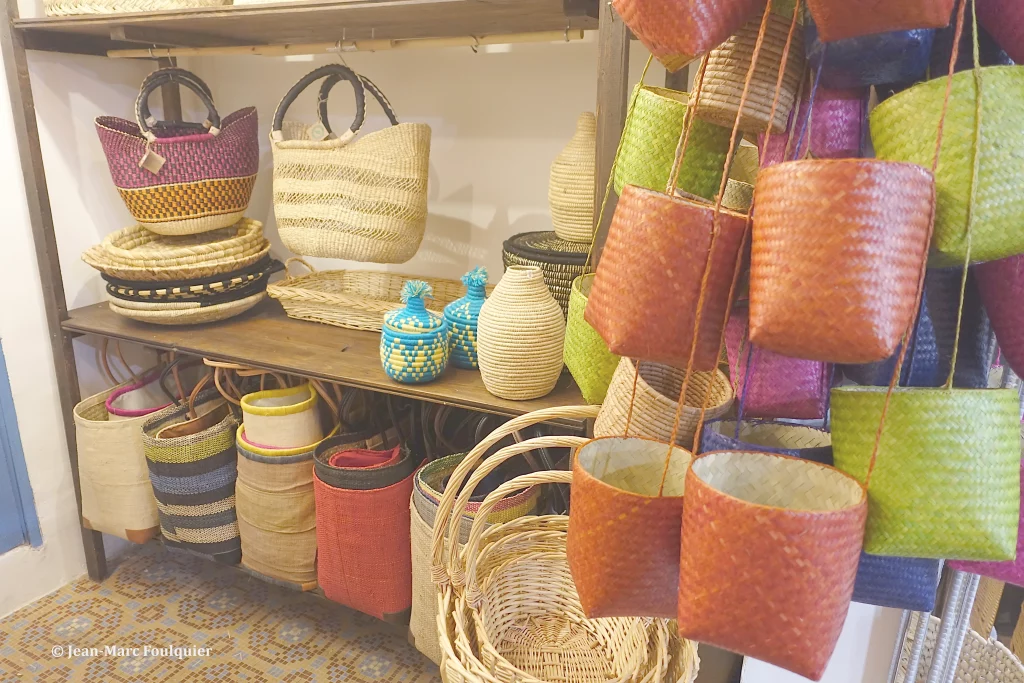









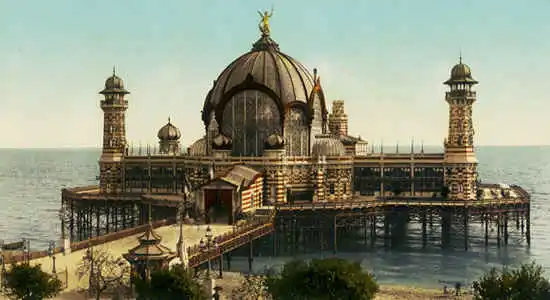














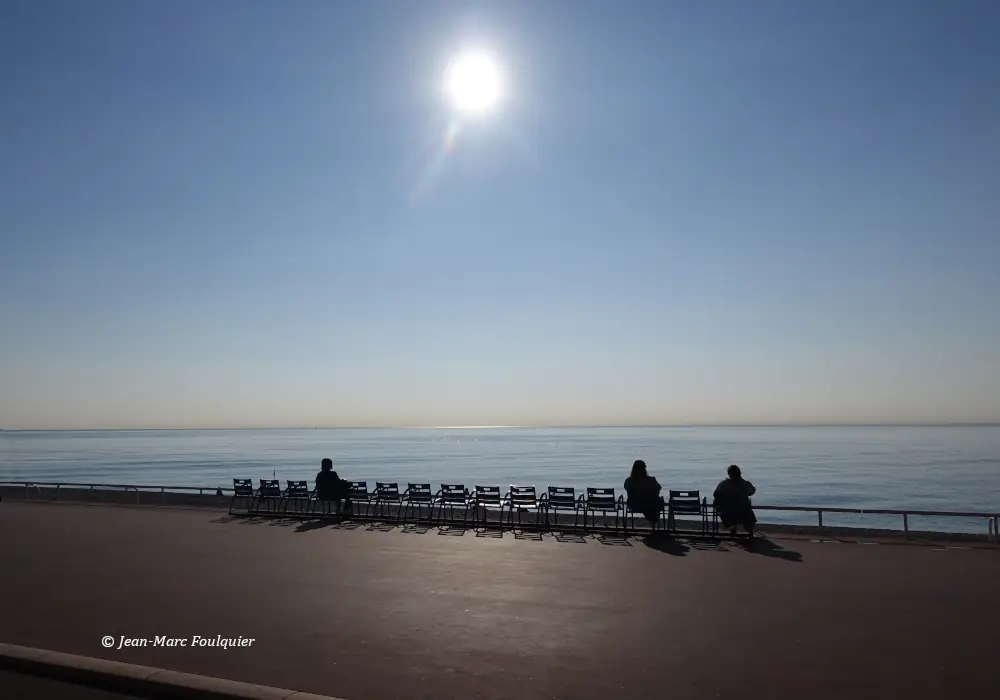

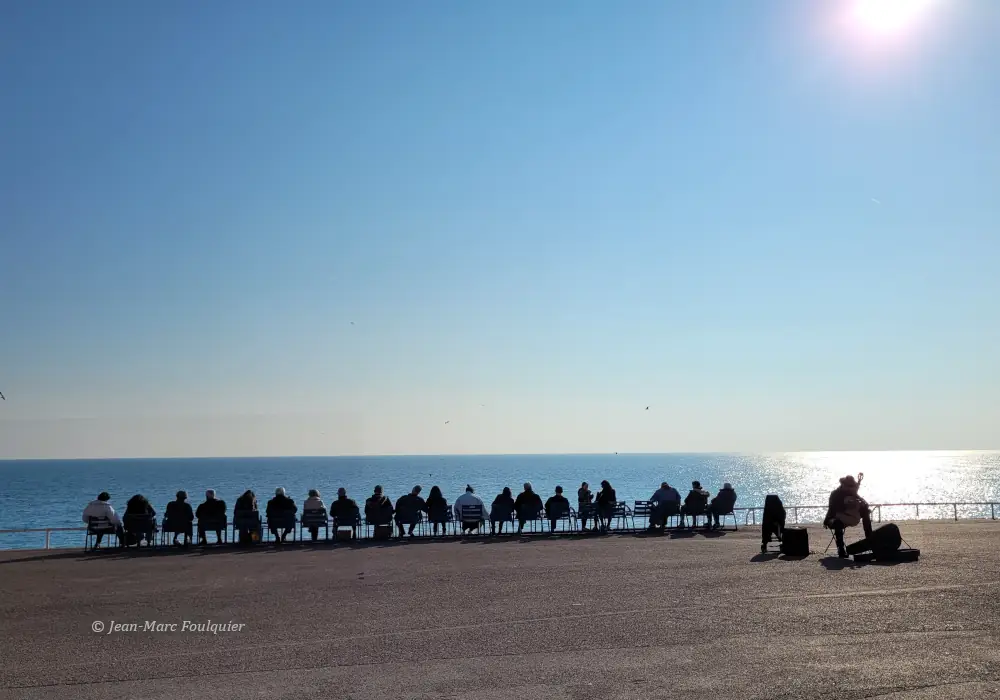


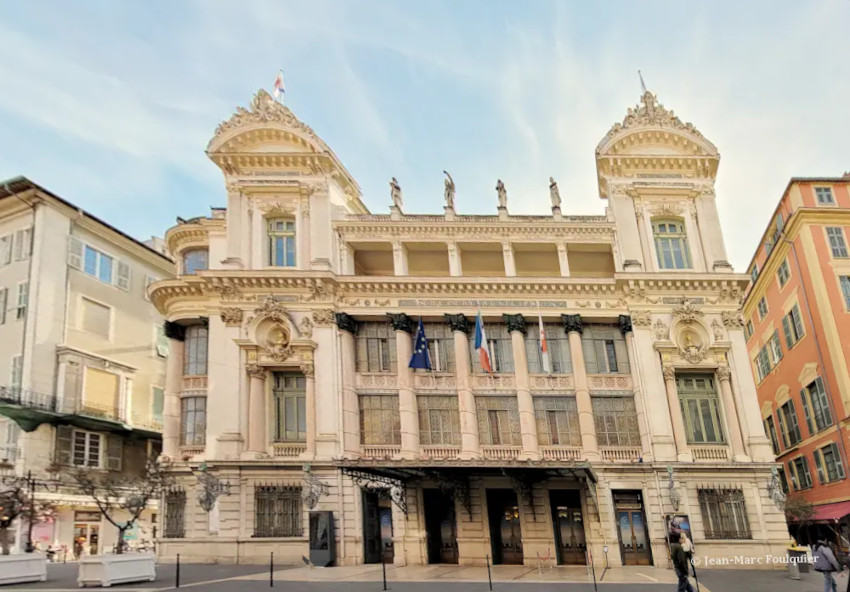








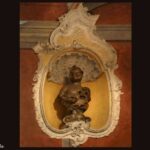







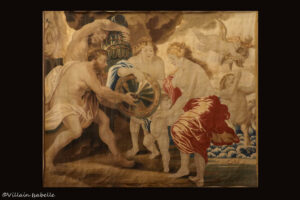













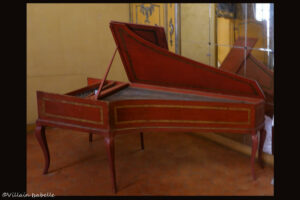








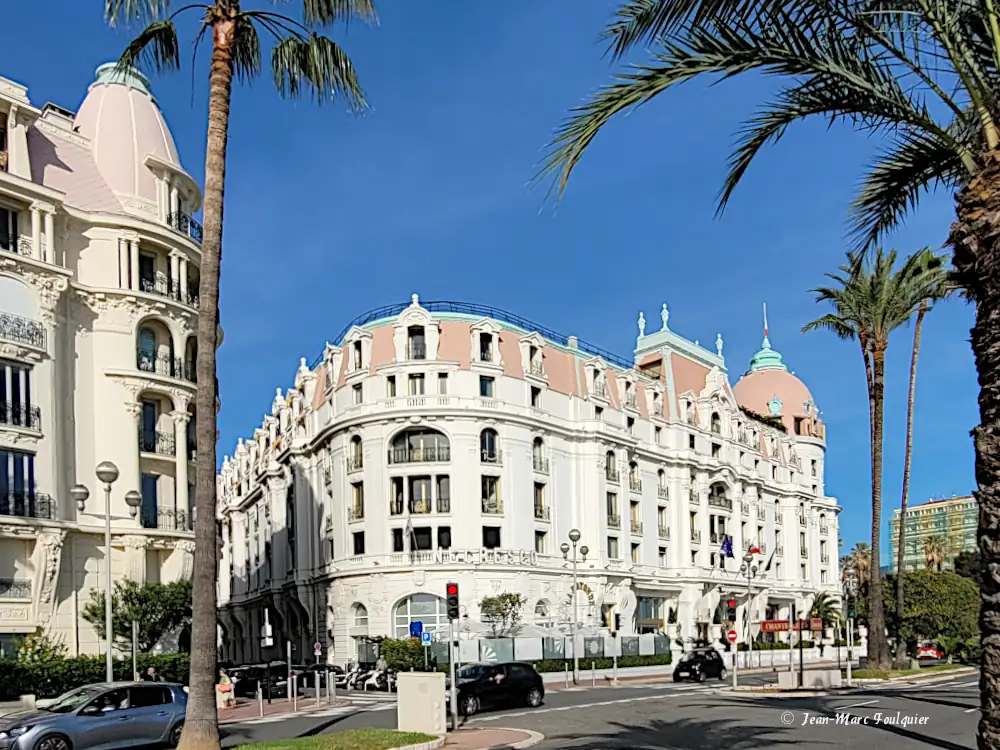












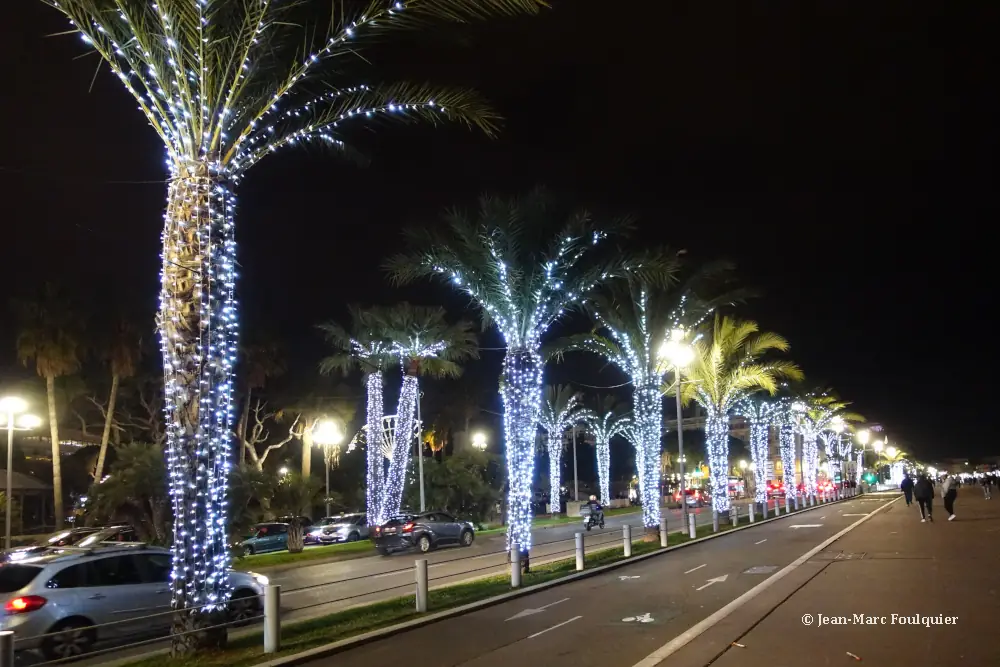













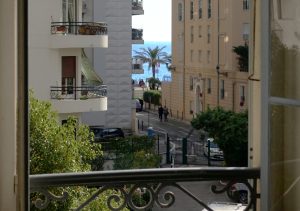









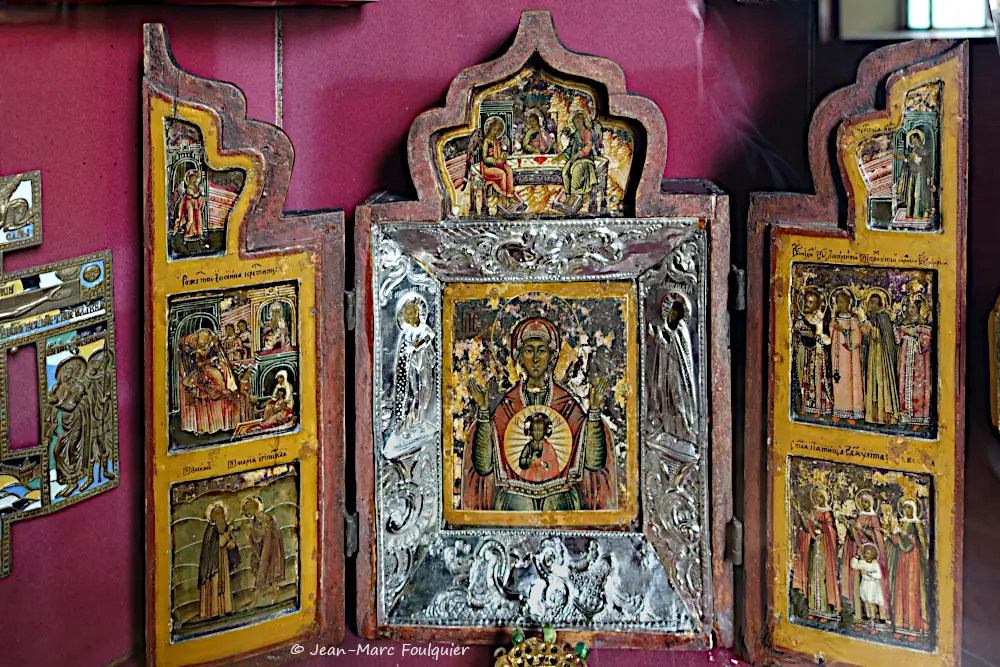
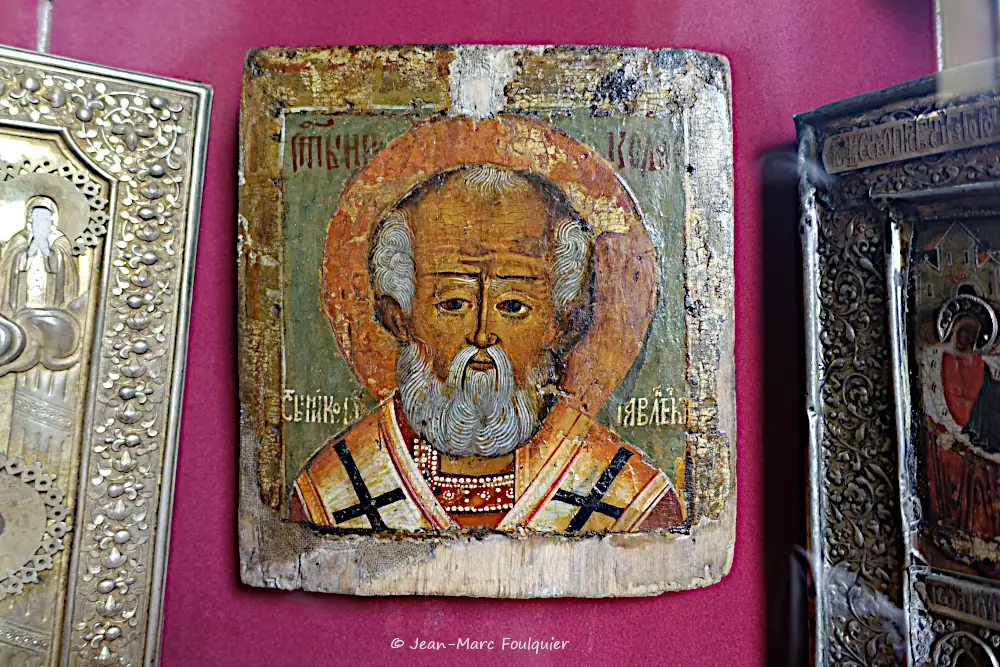

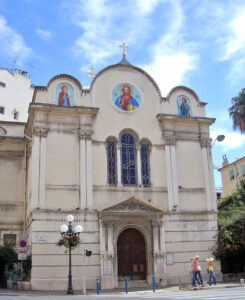























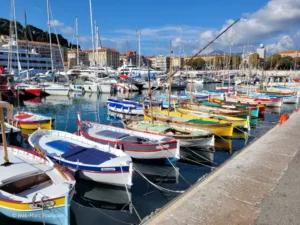











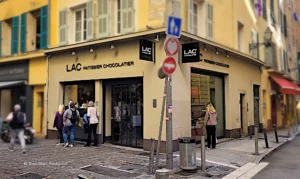



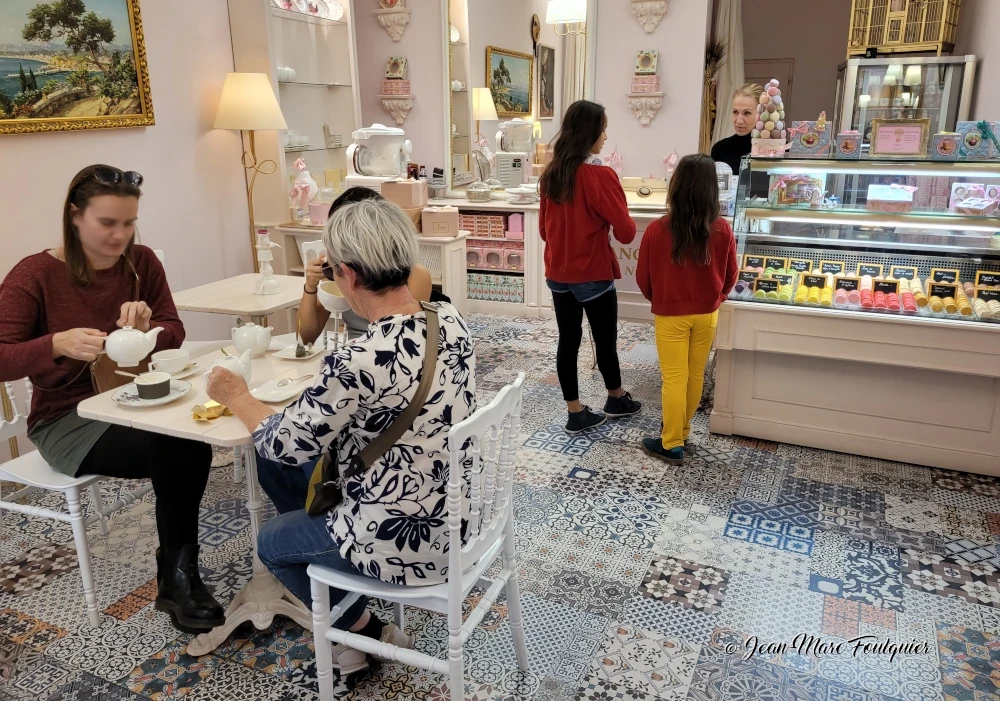
















 Preferred locations in Nice
Preferred locations in Nice























